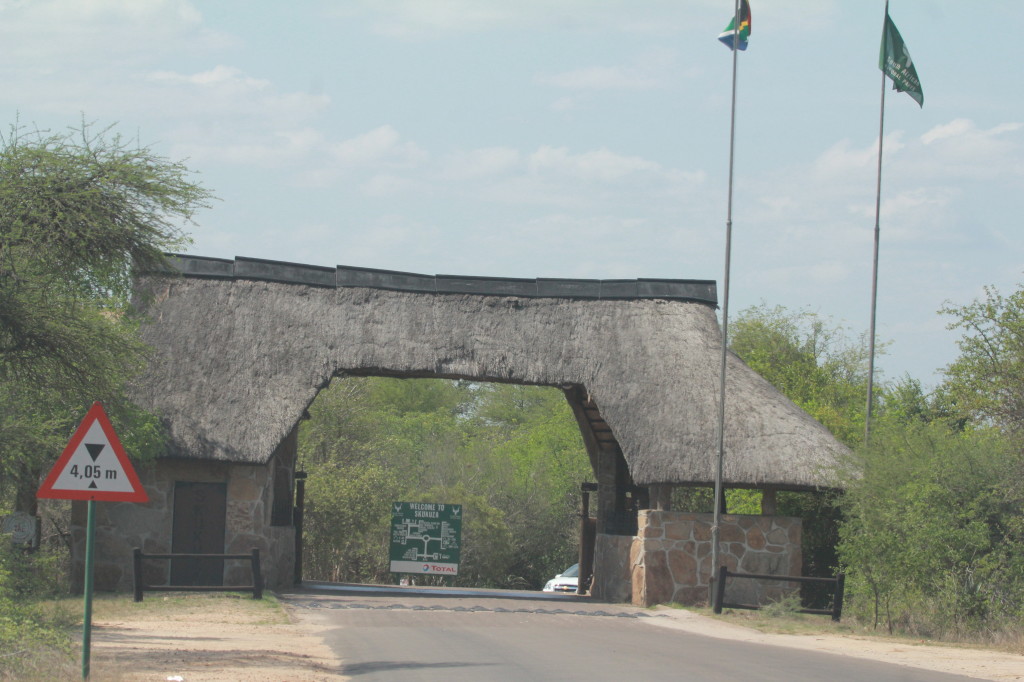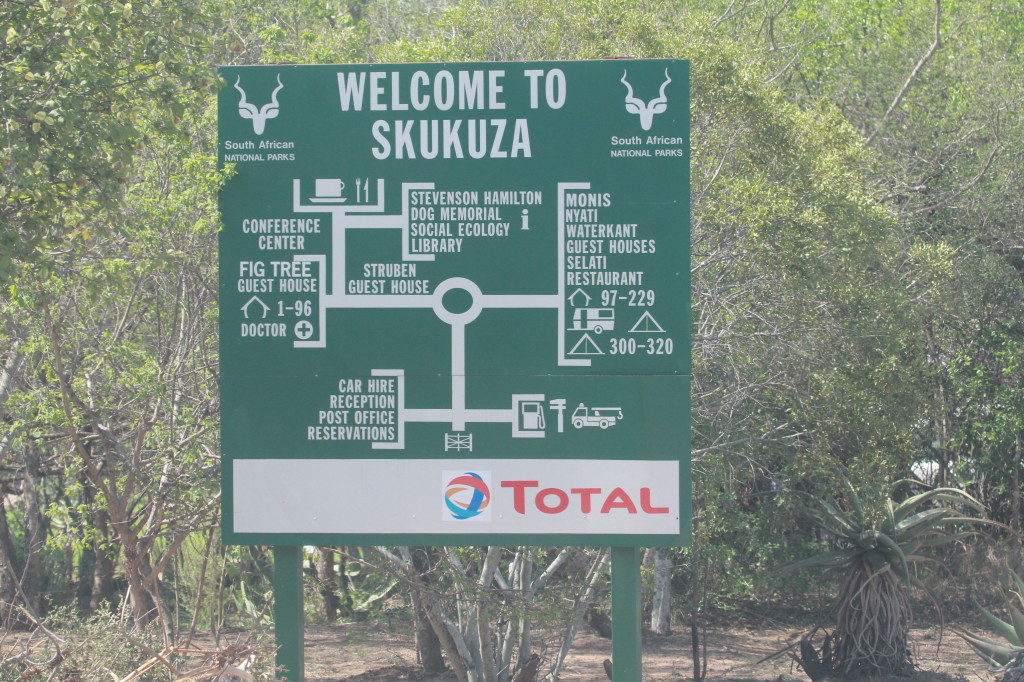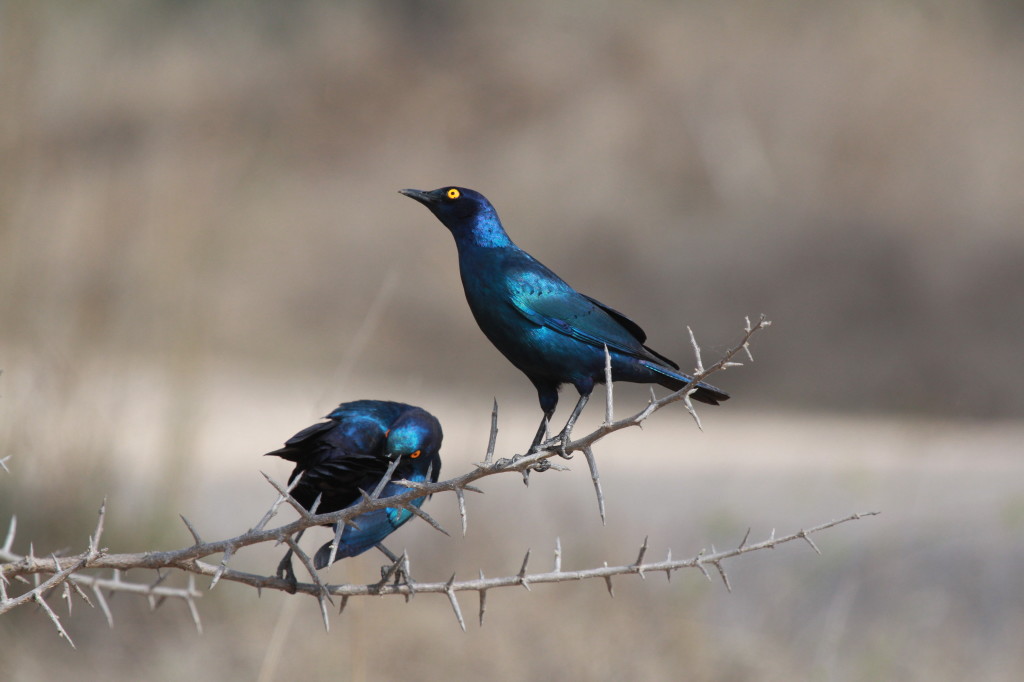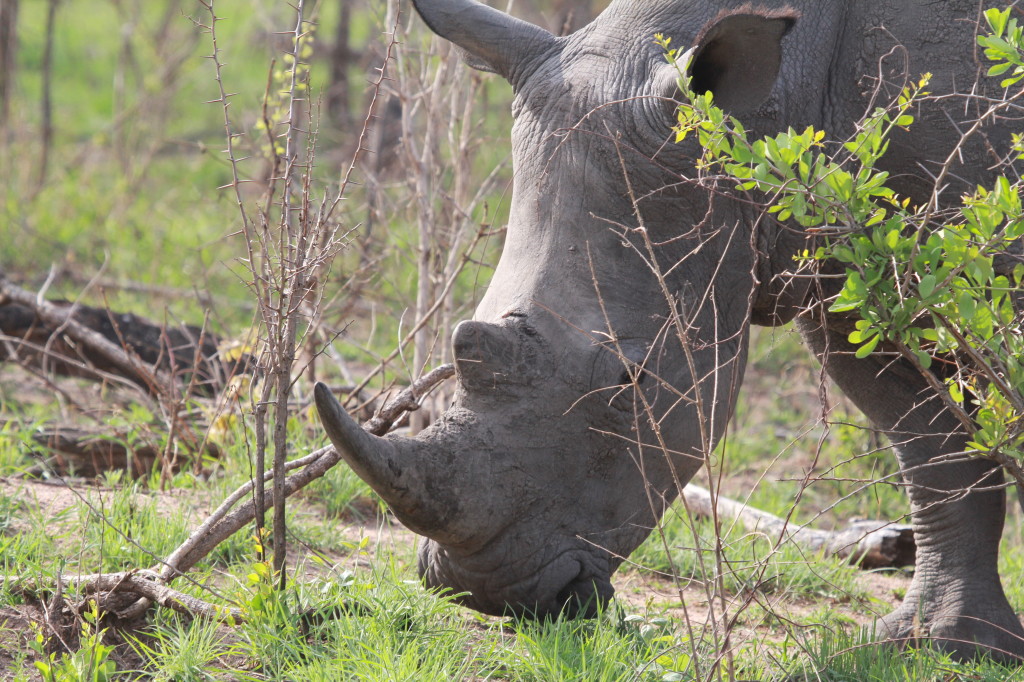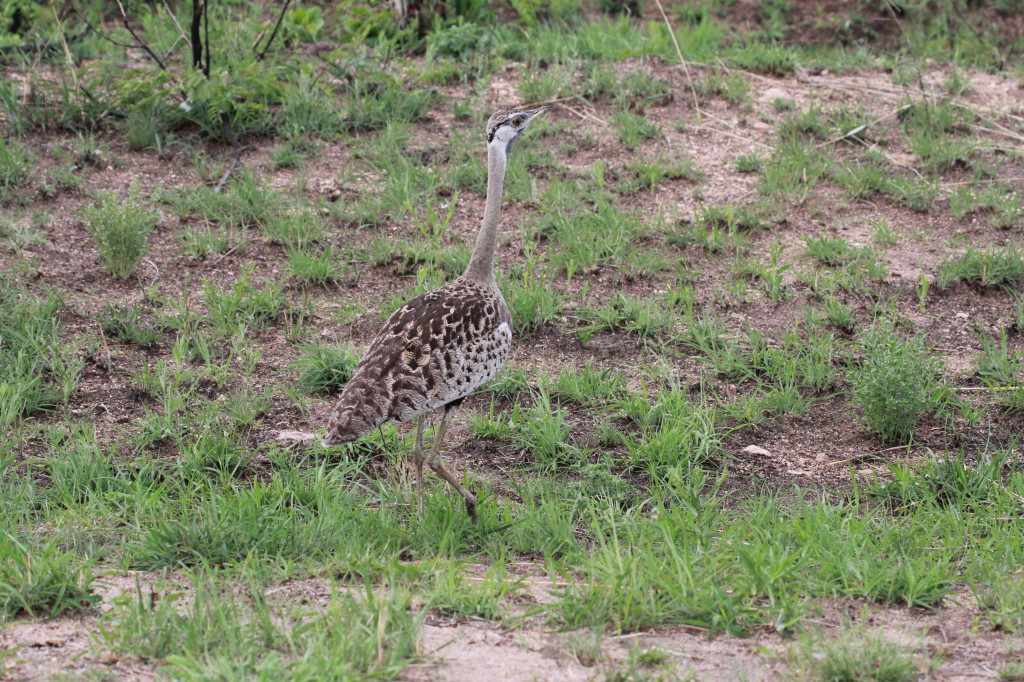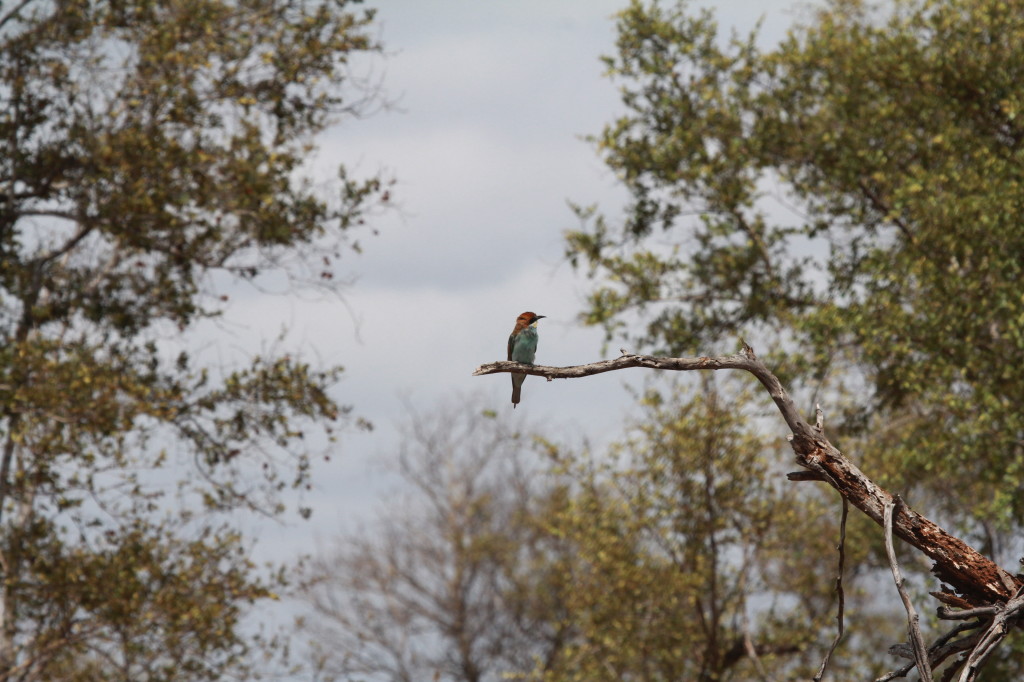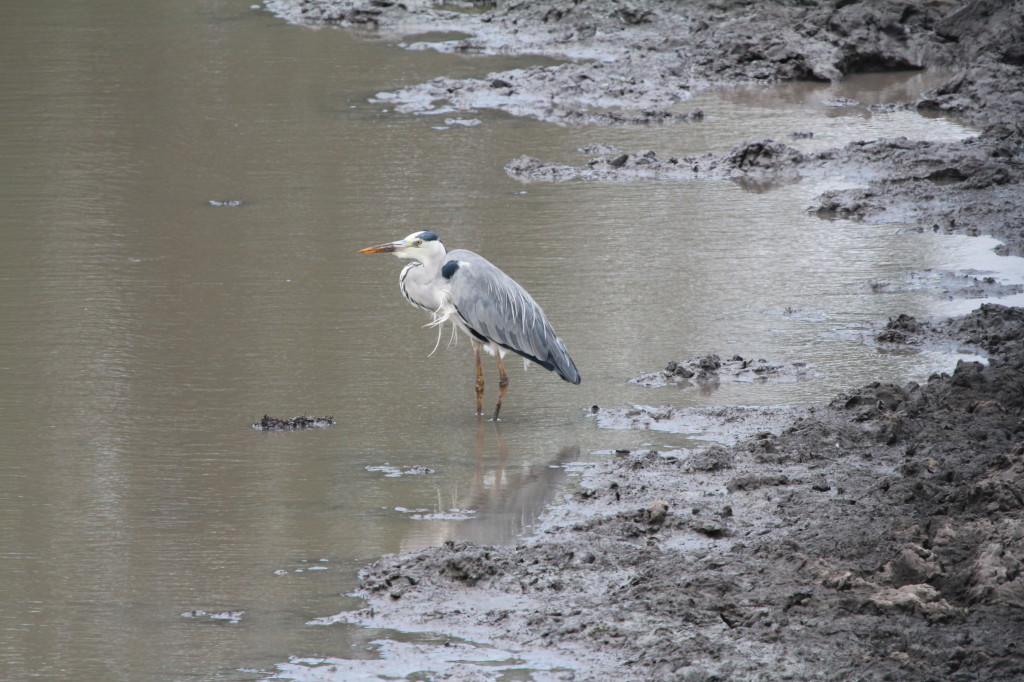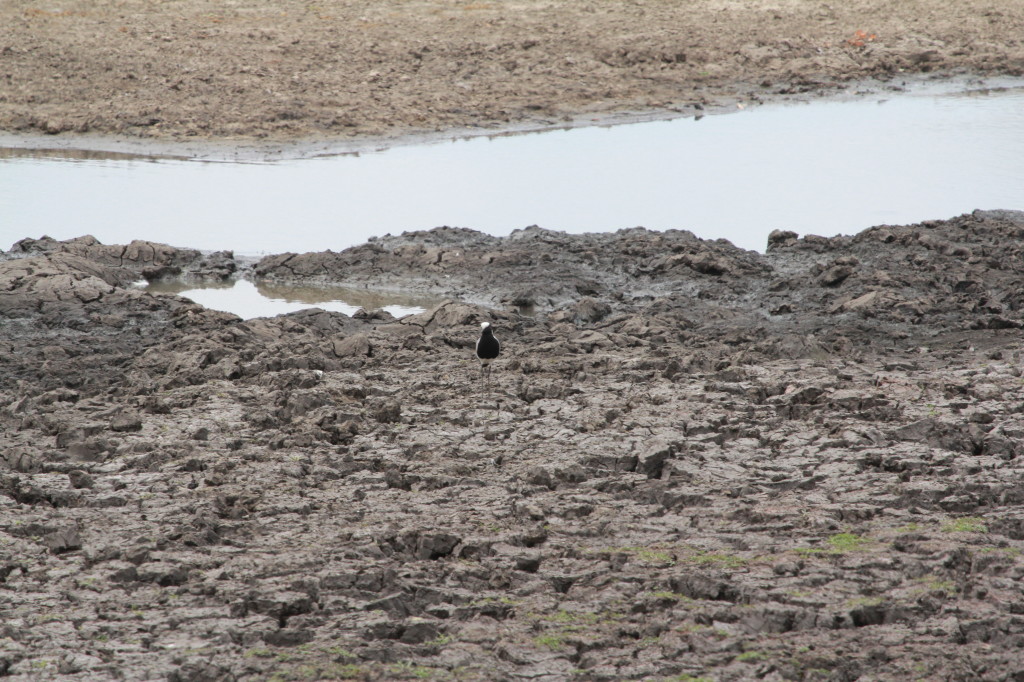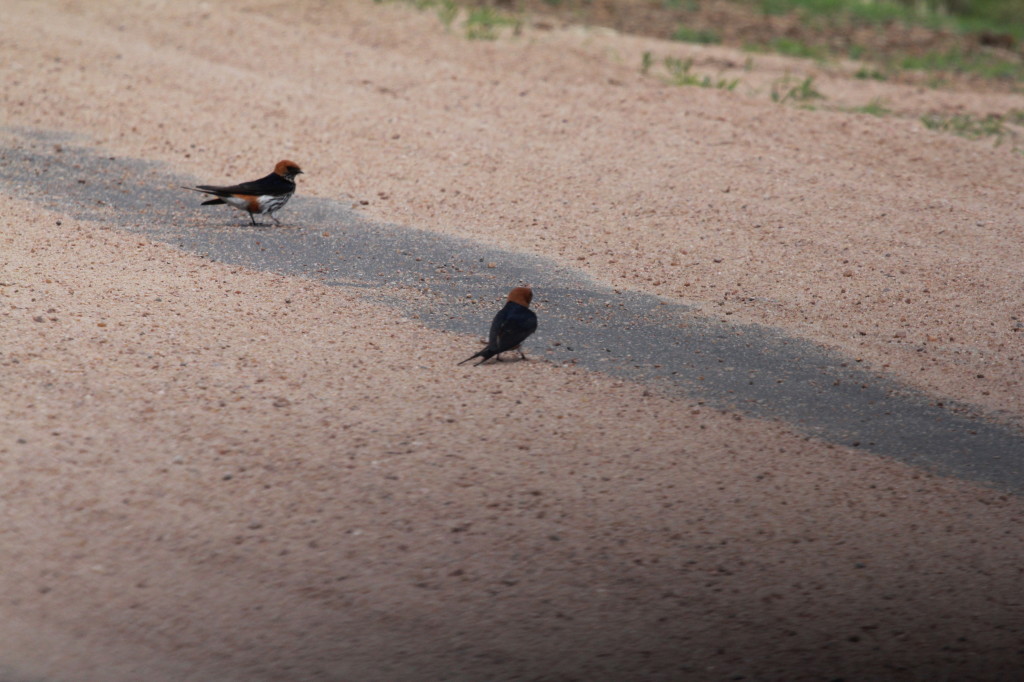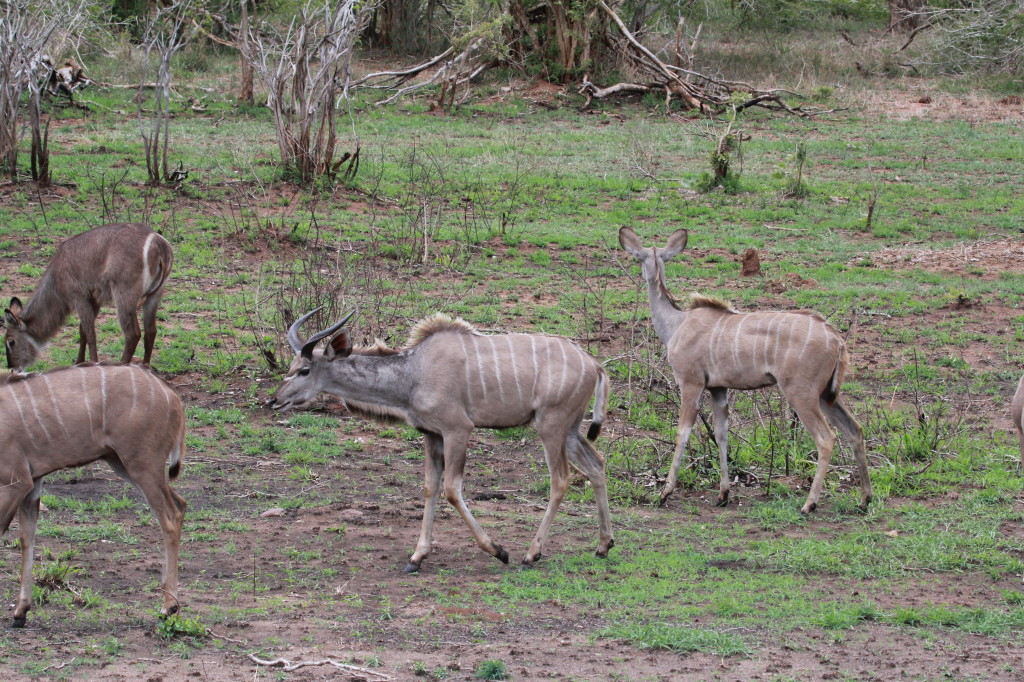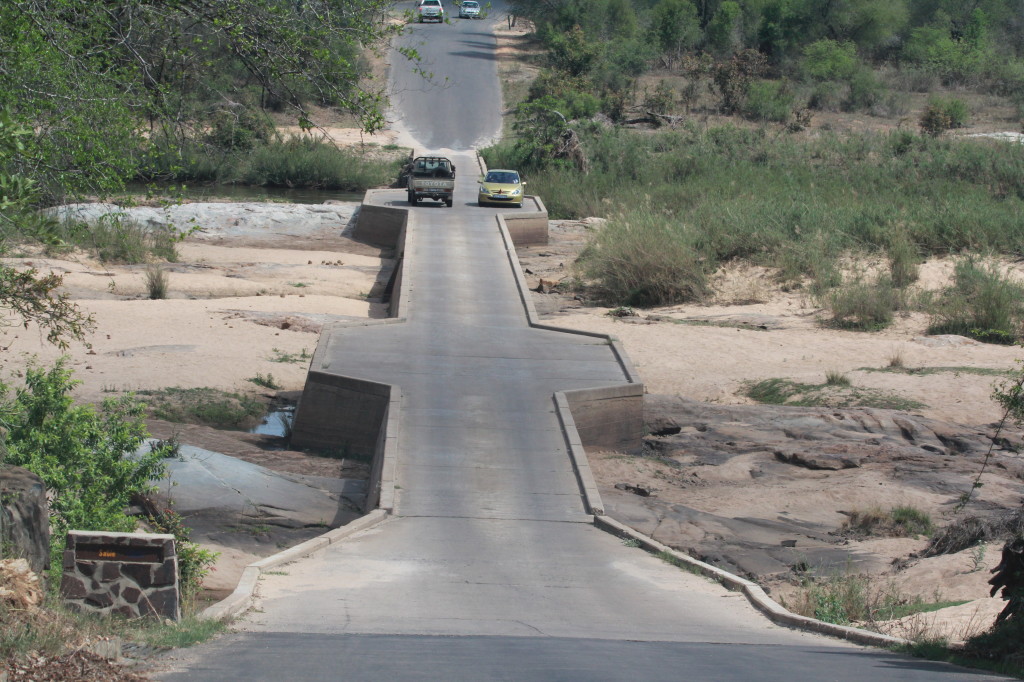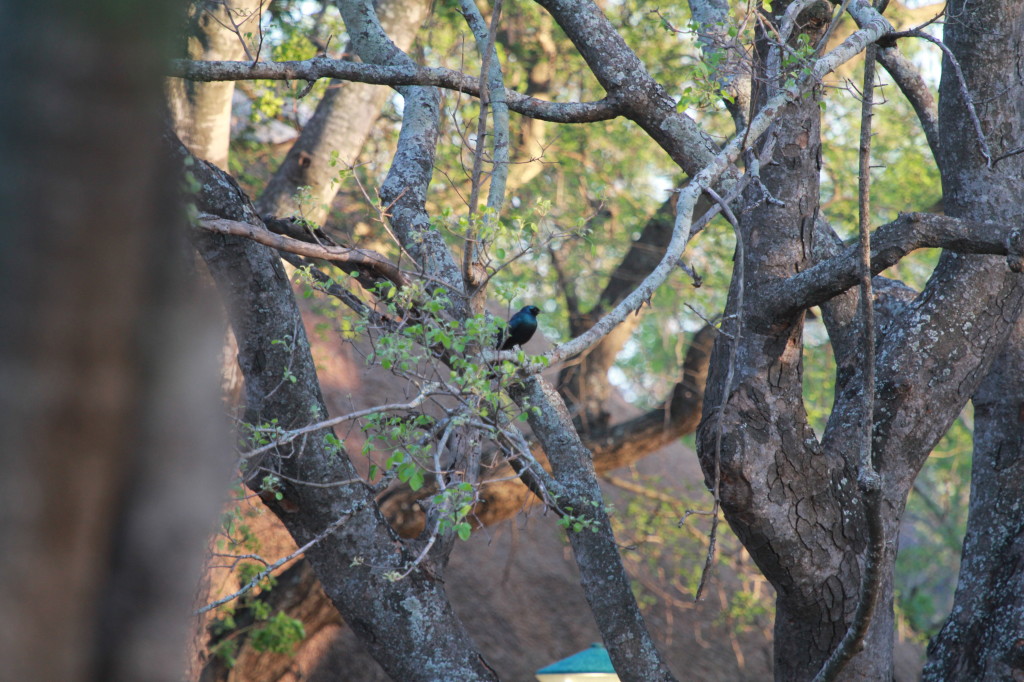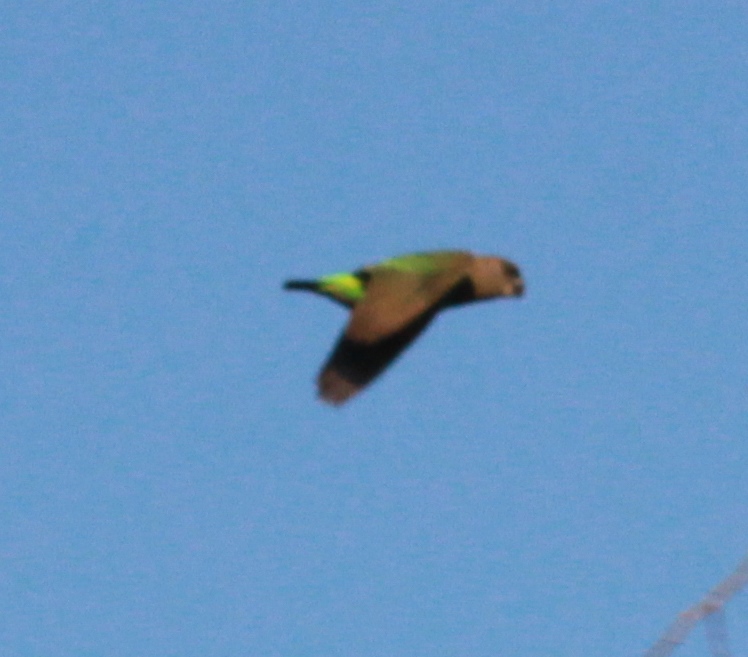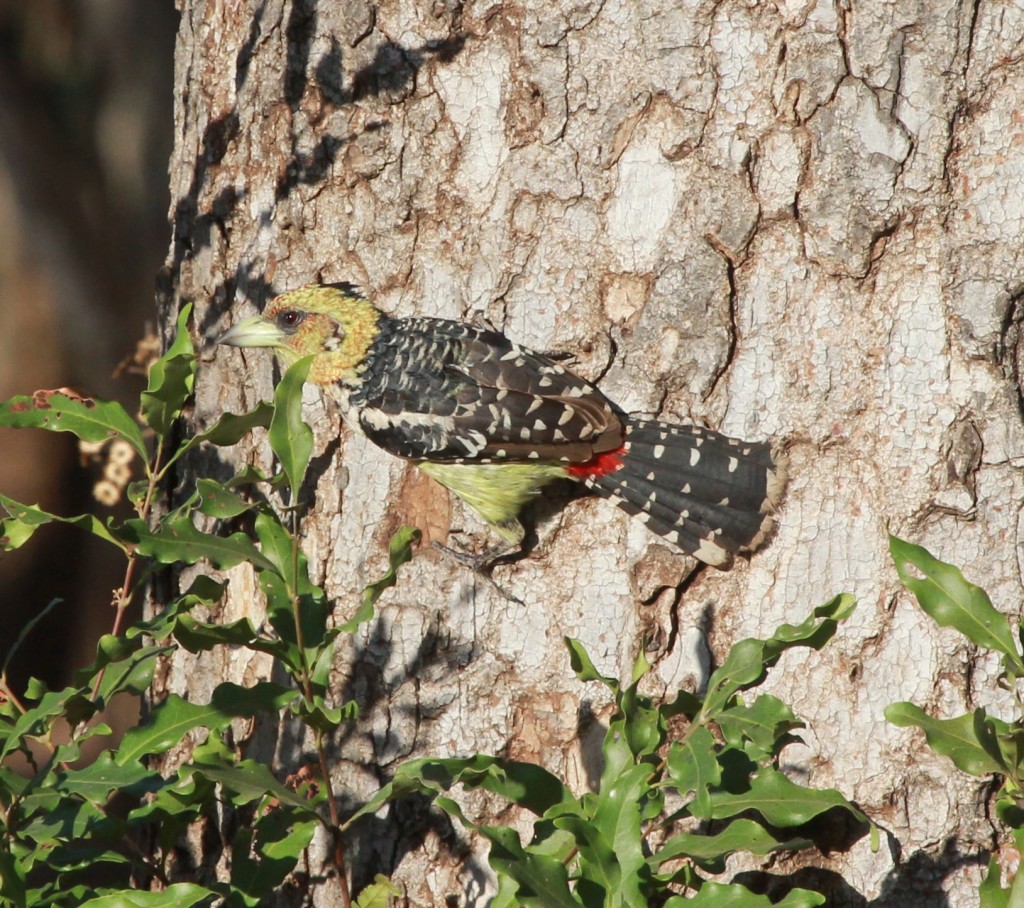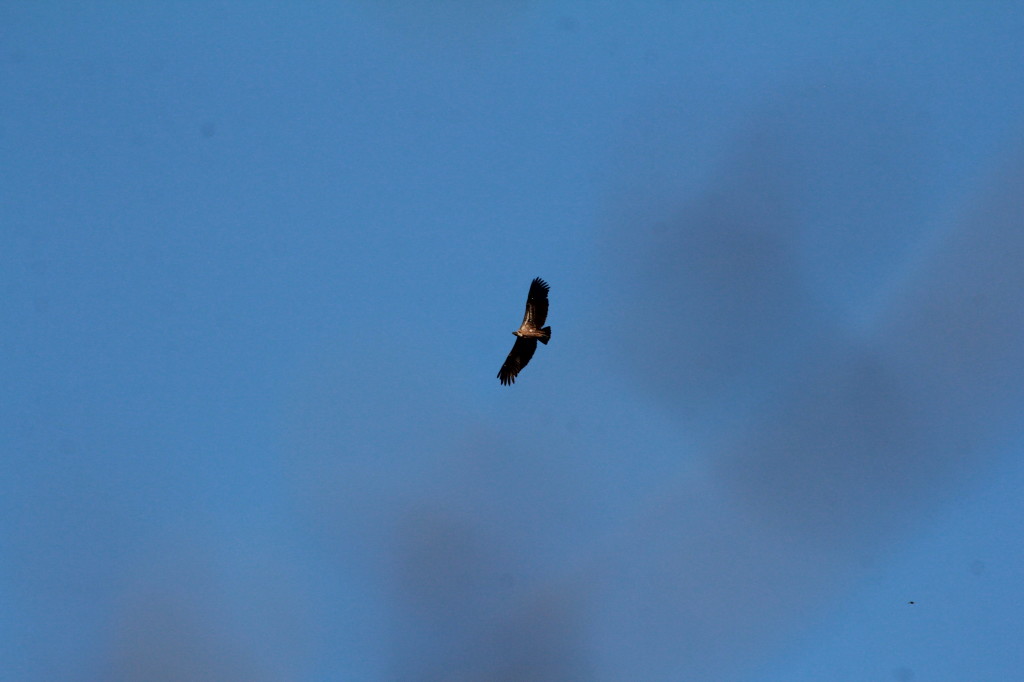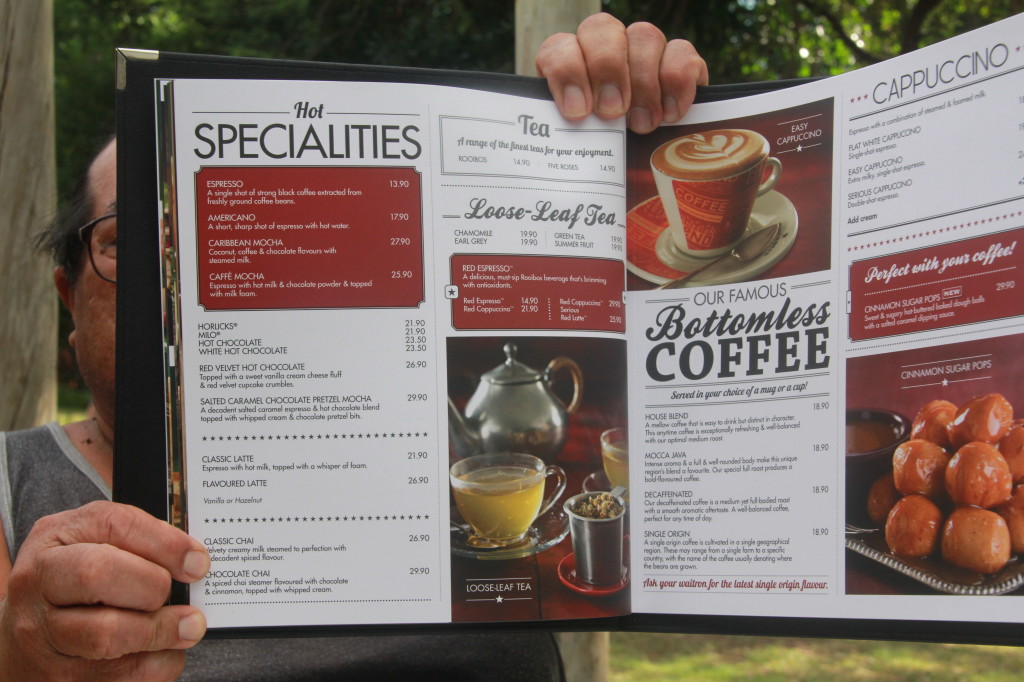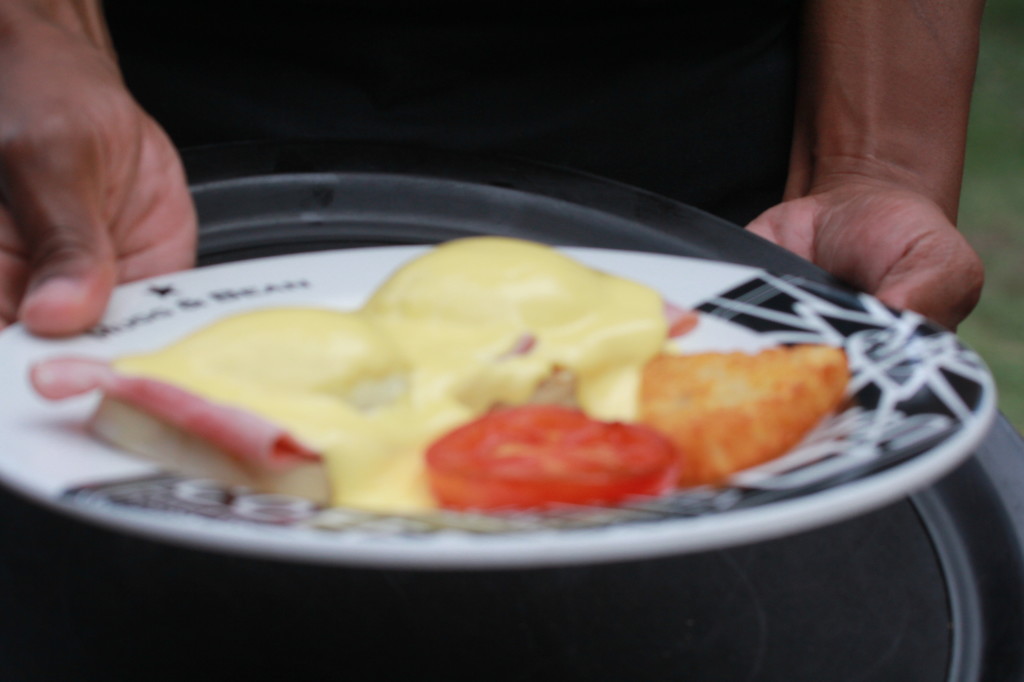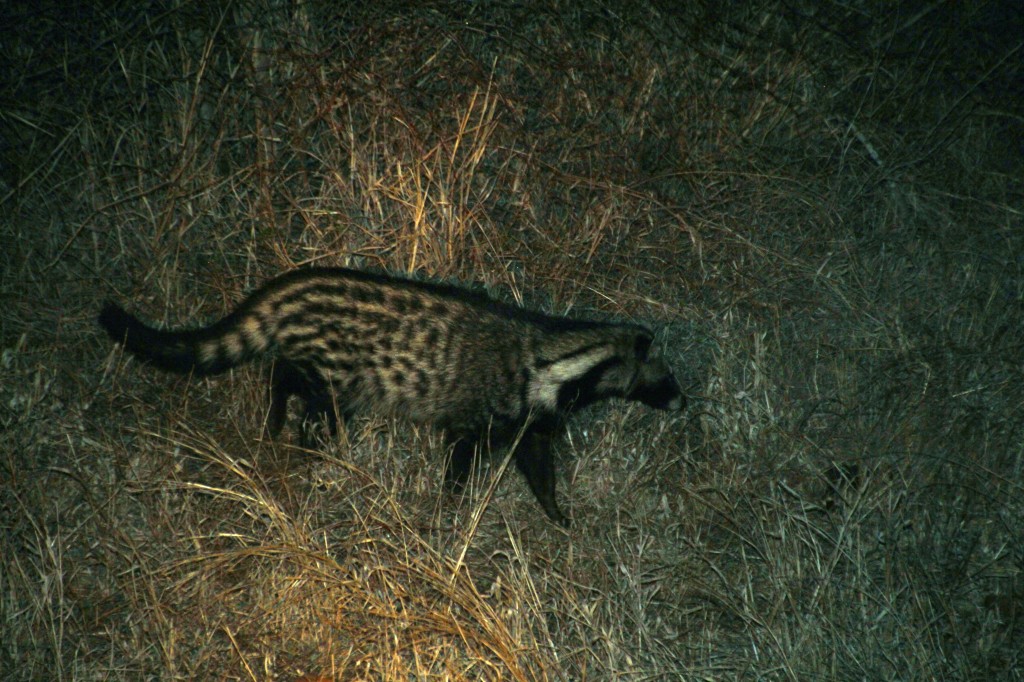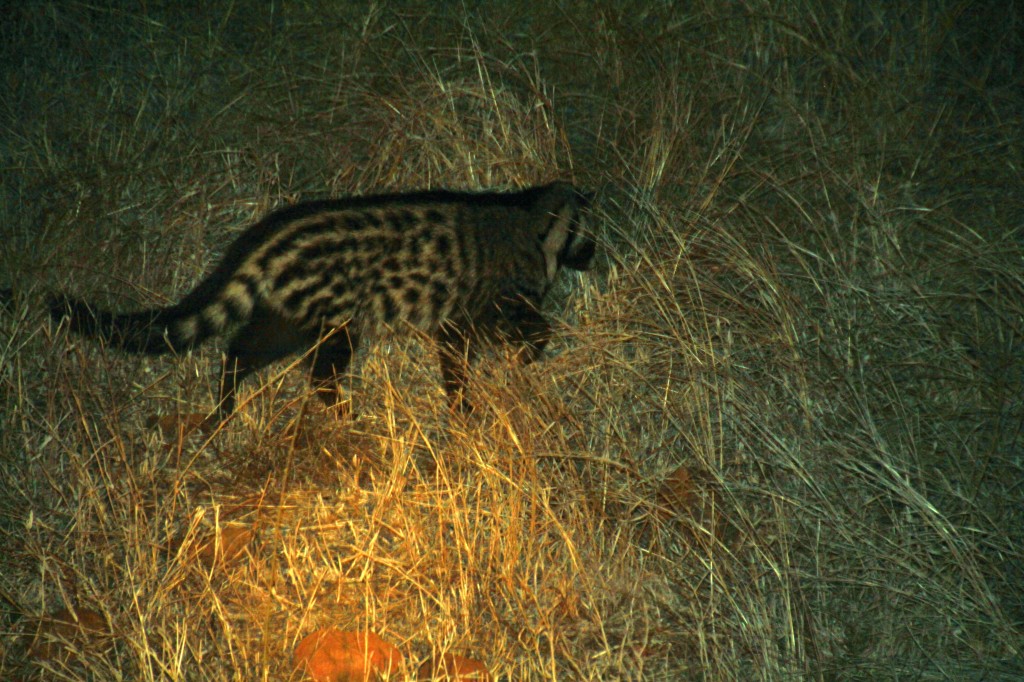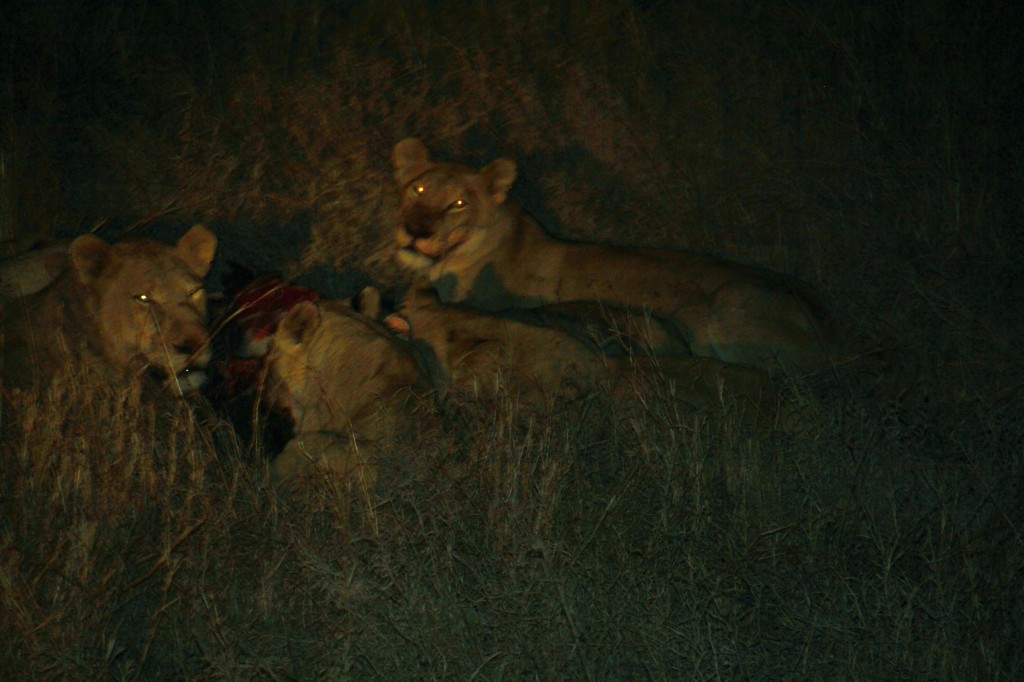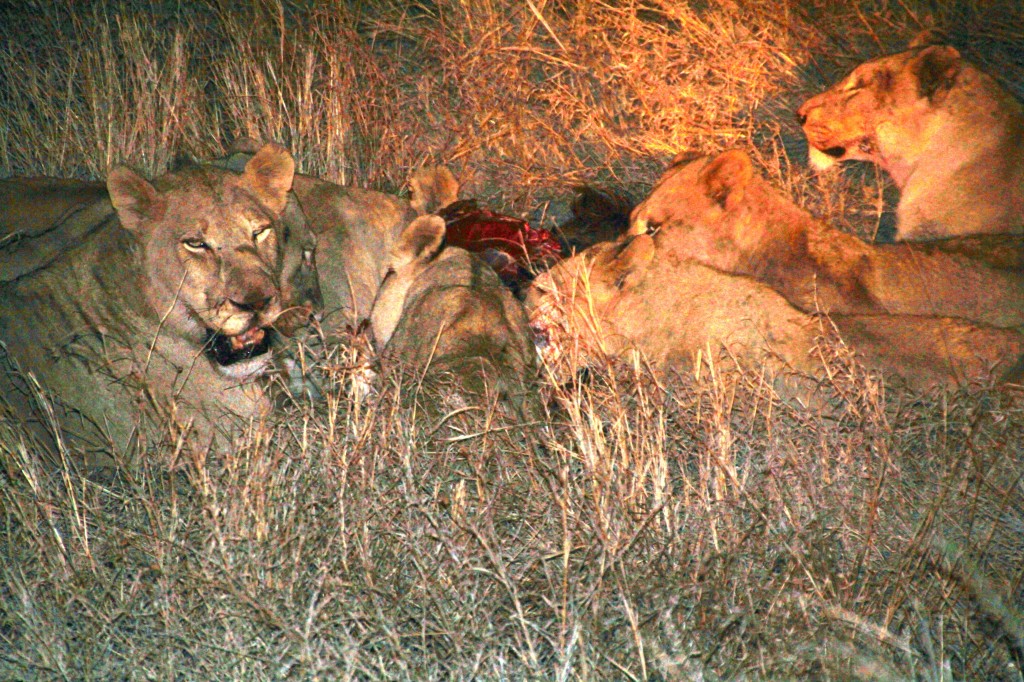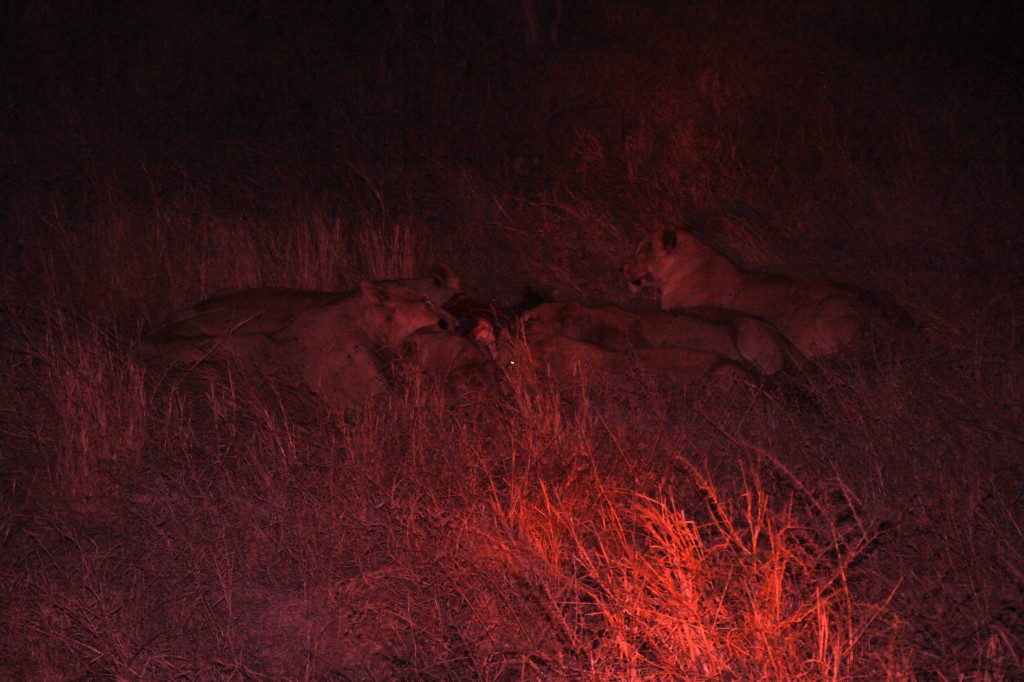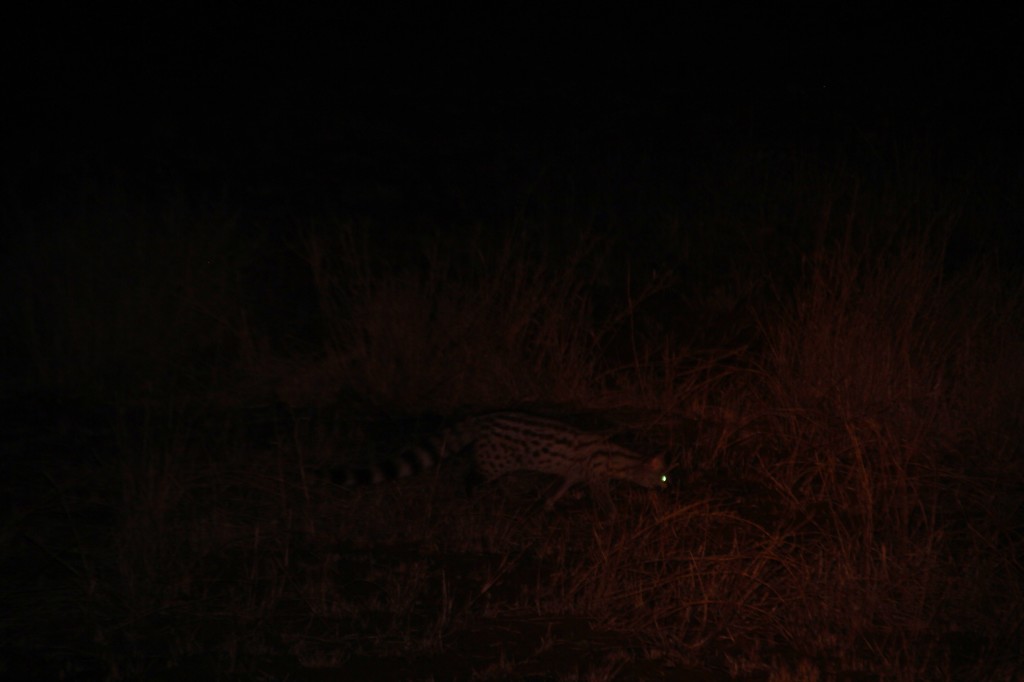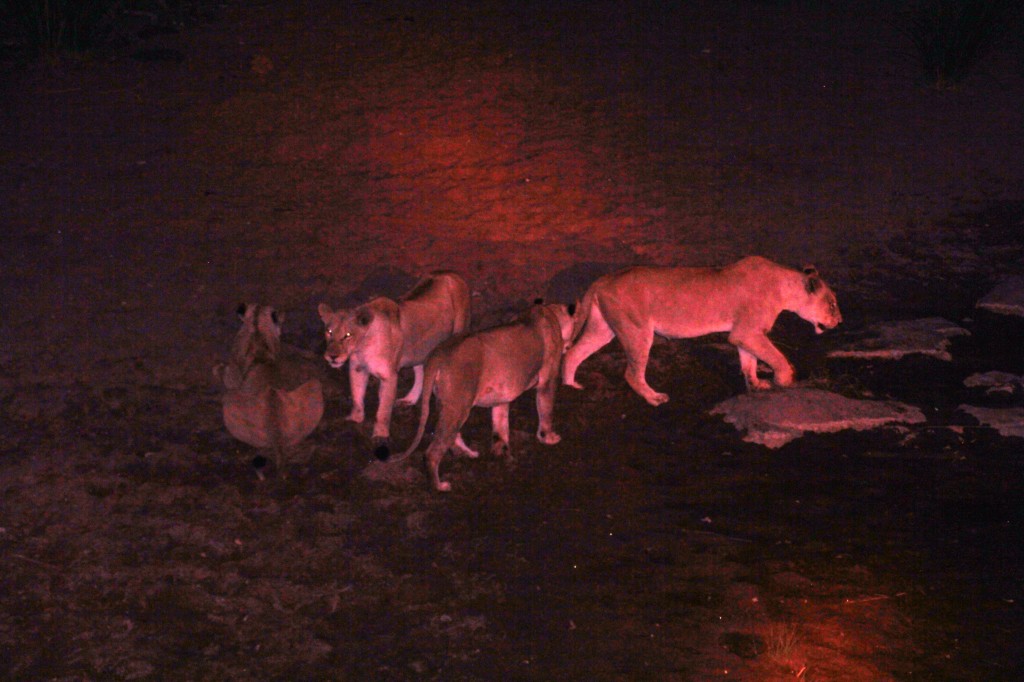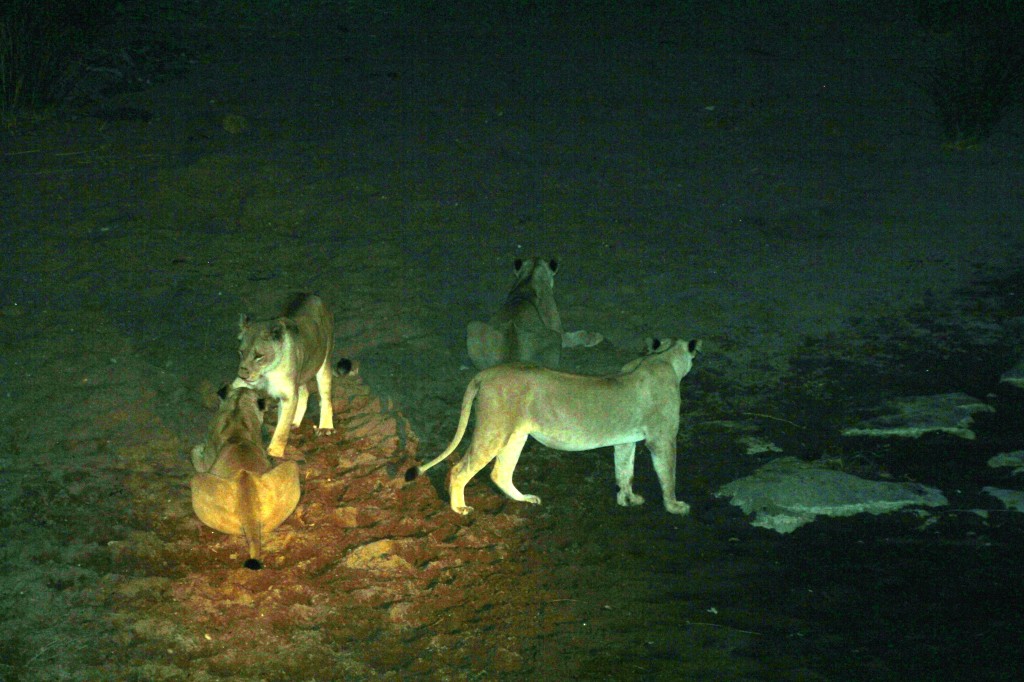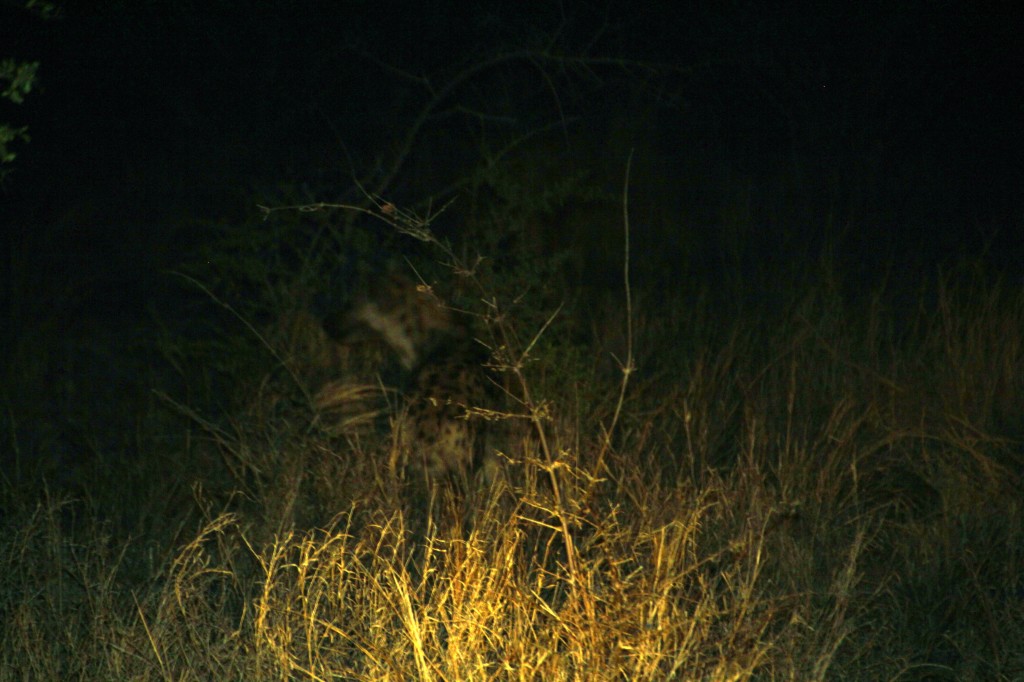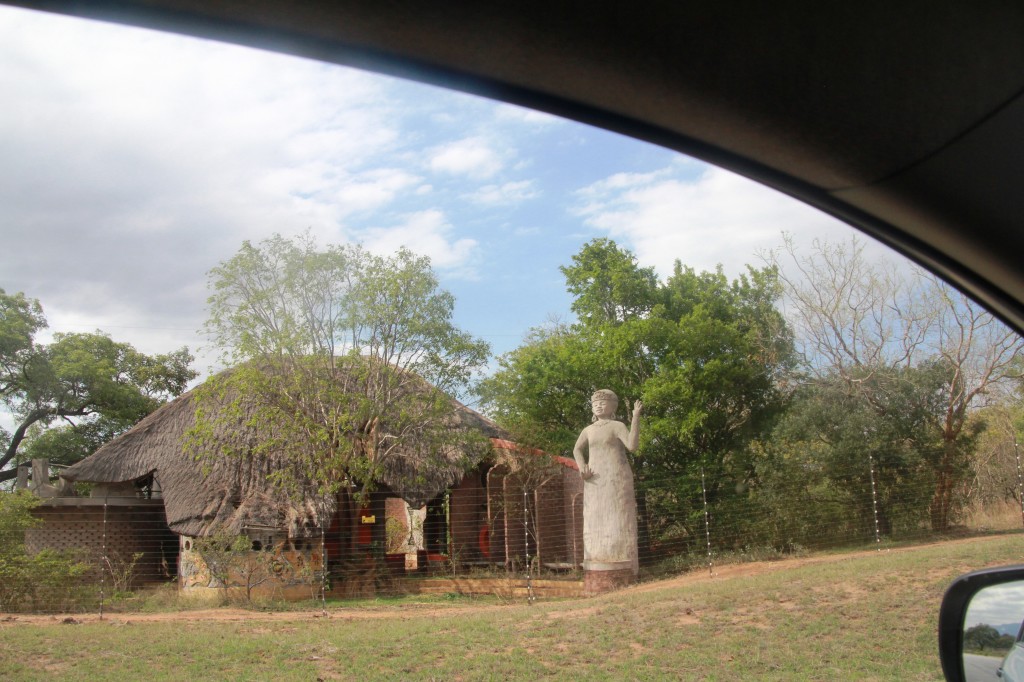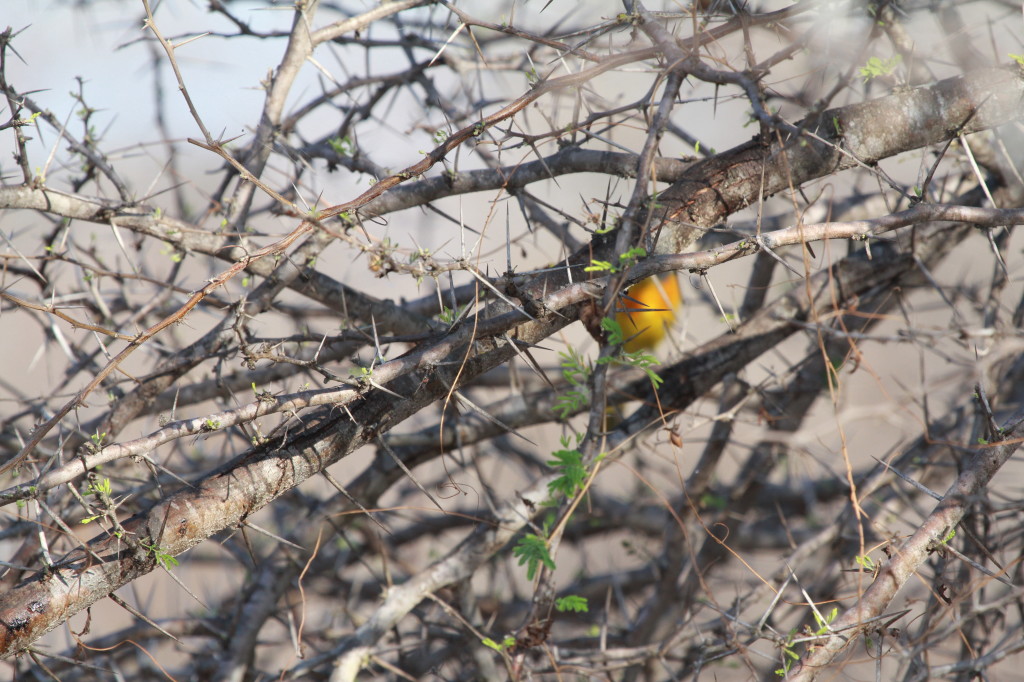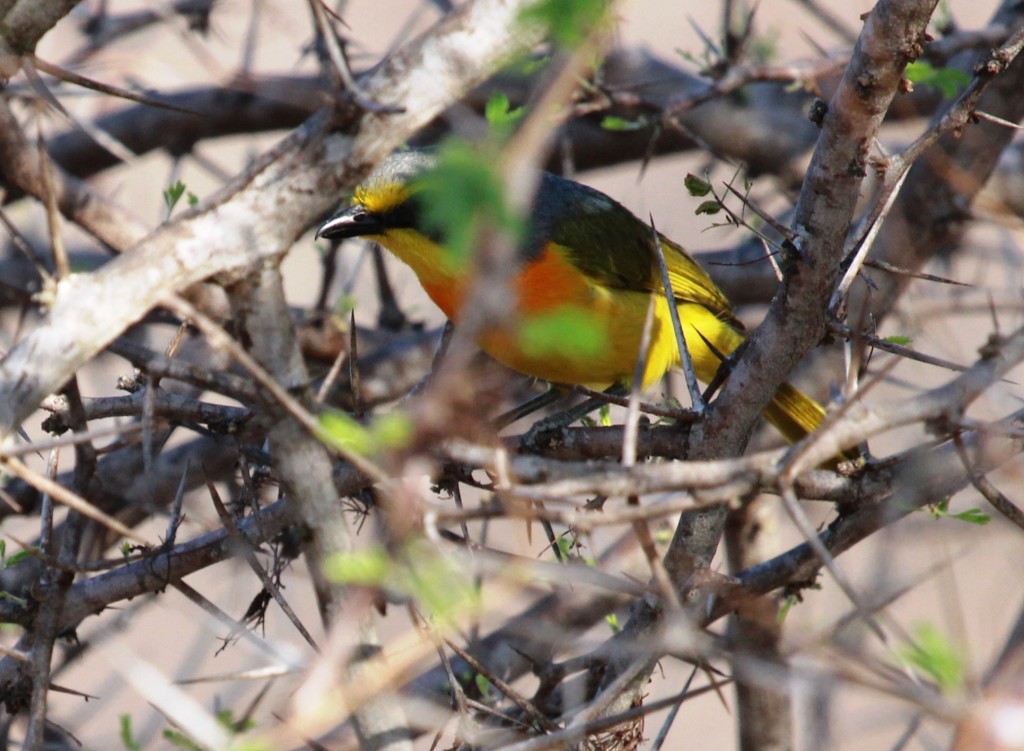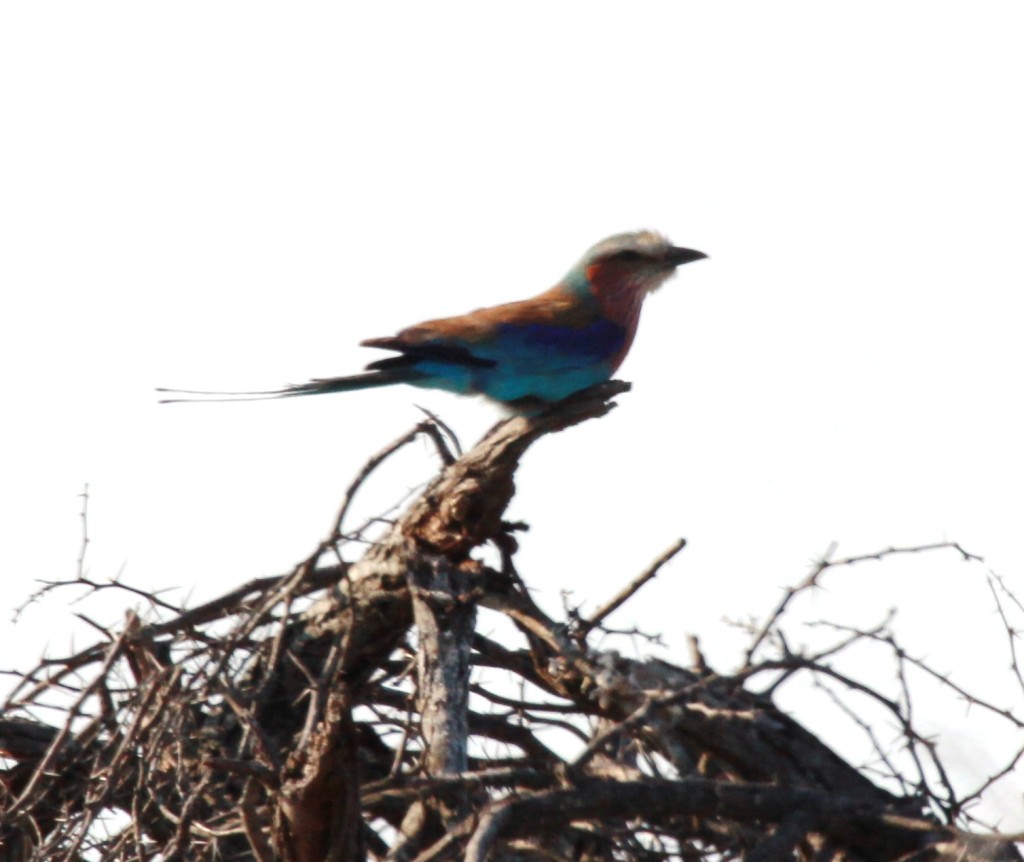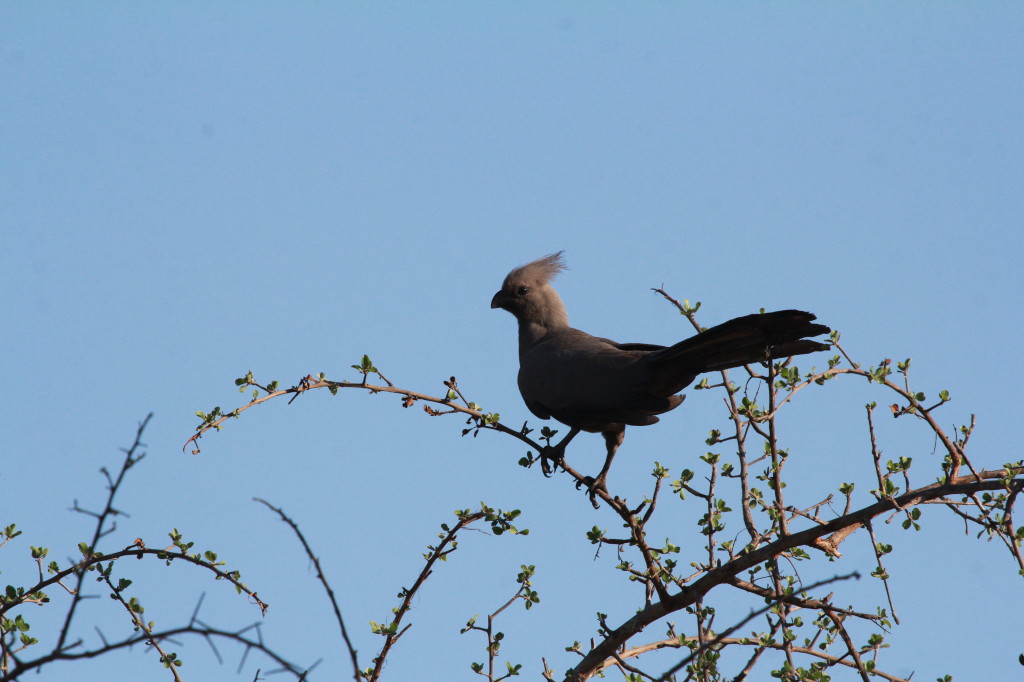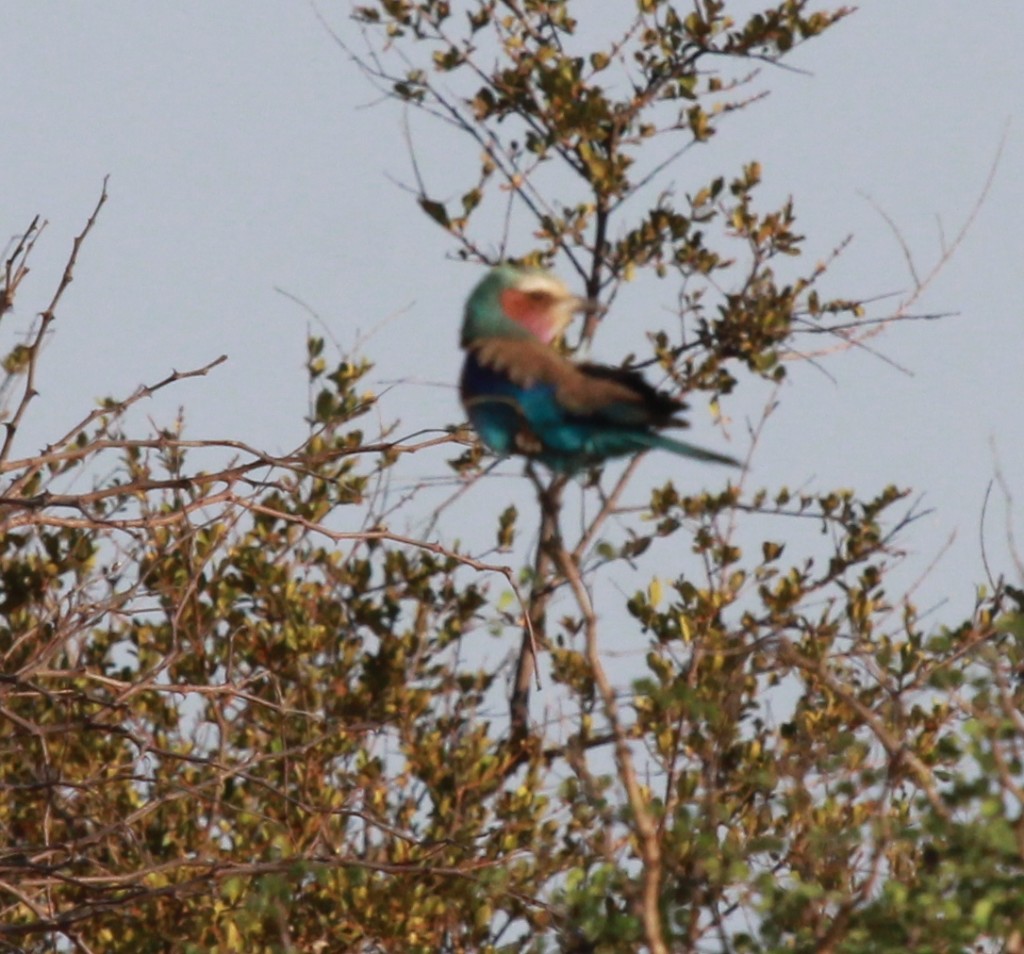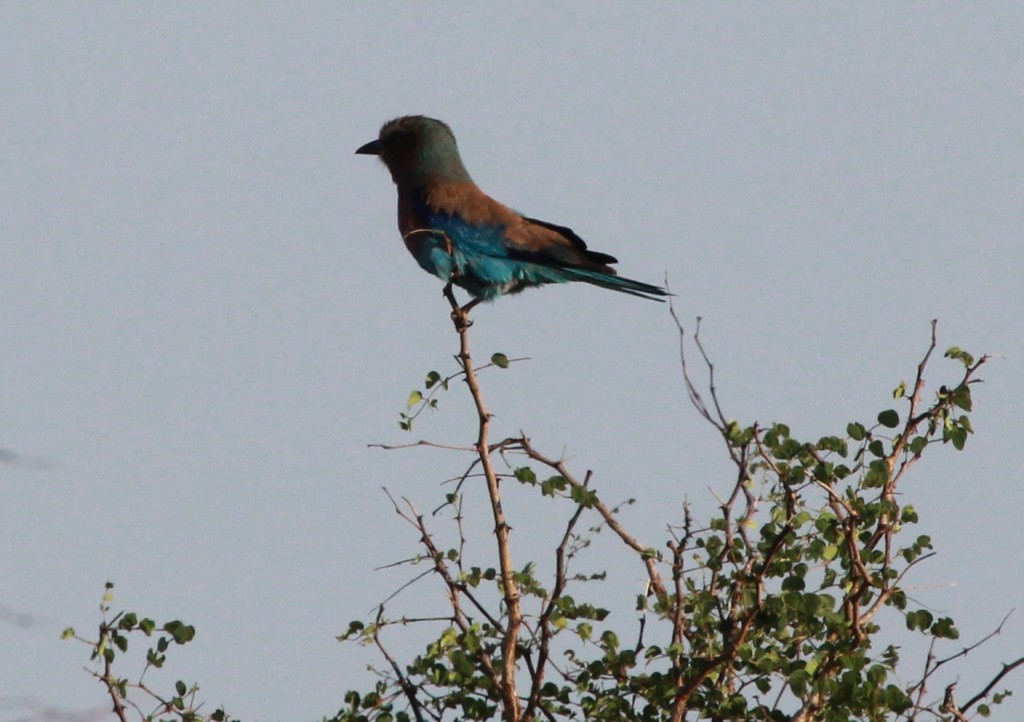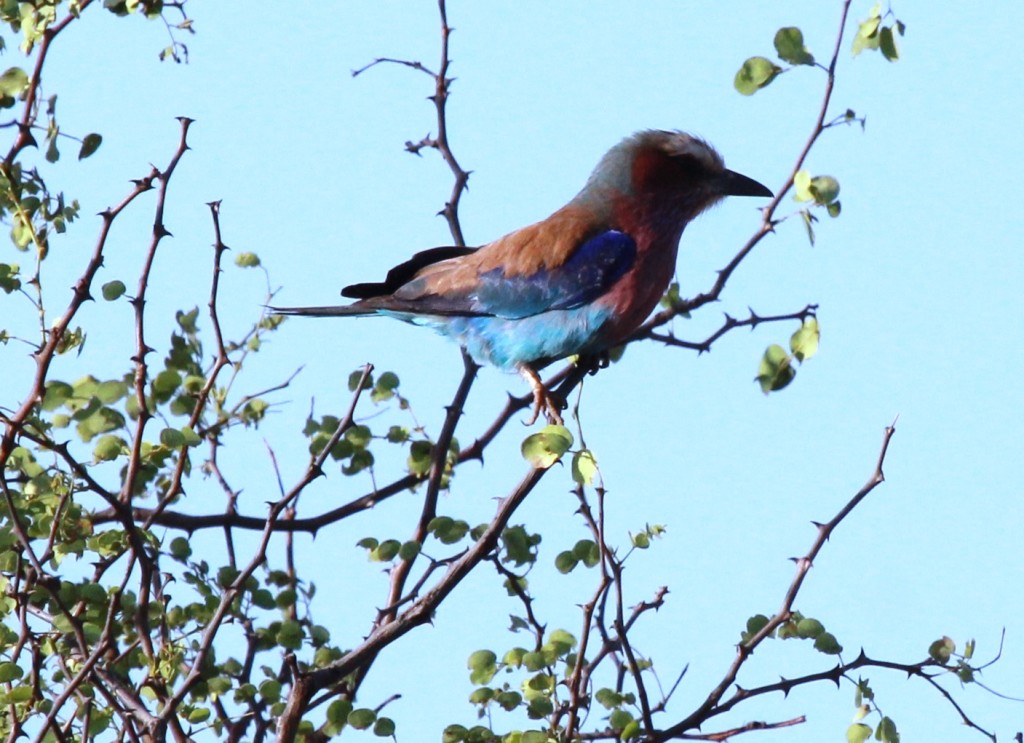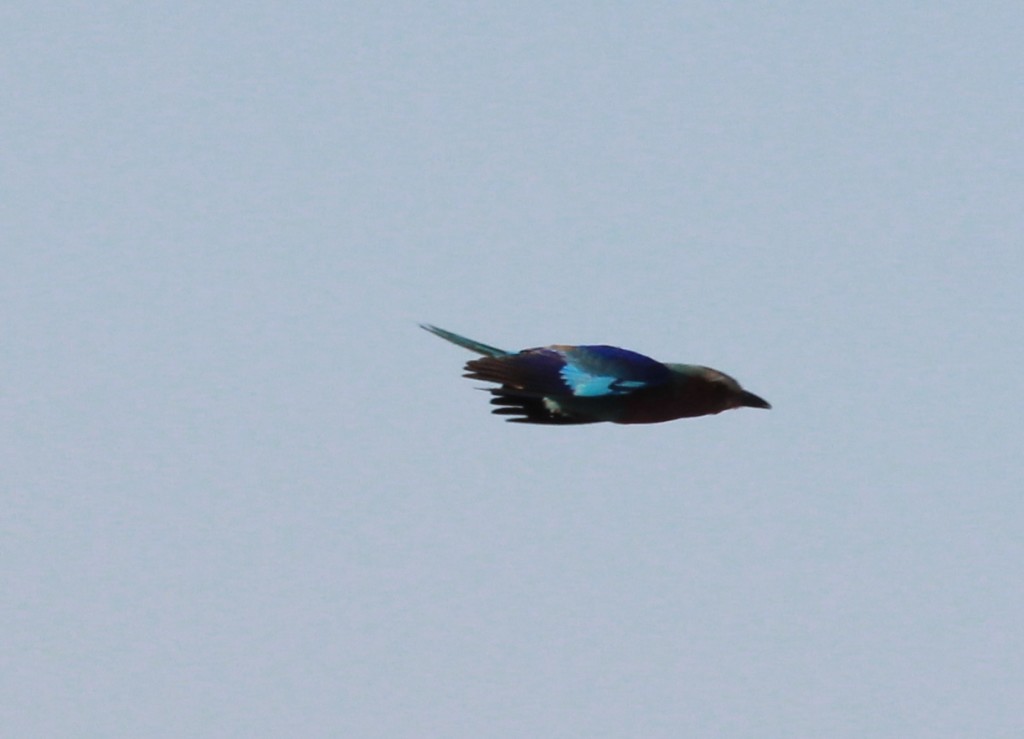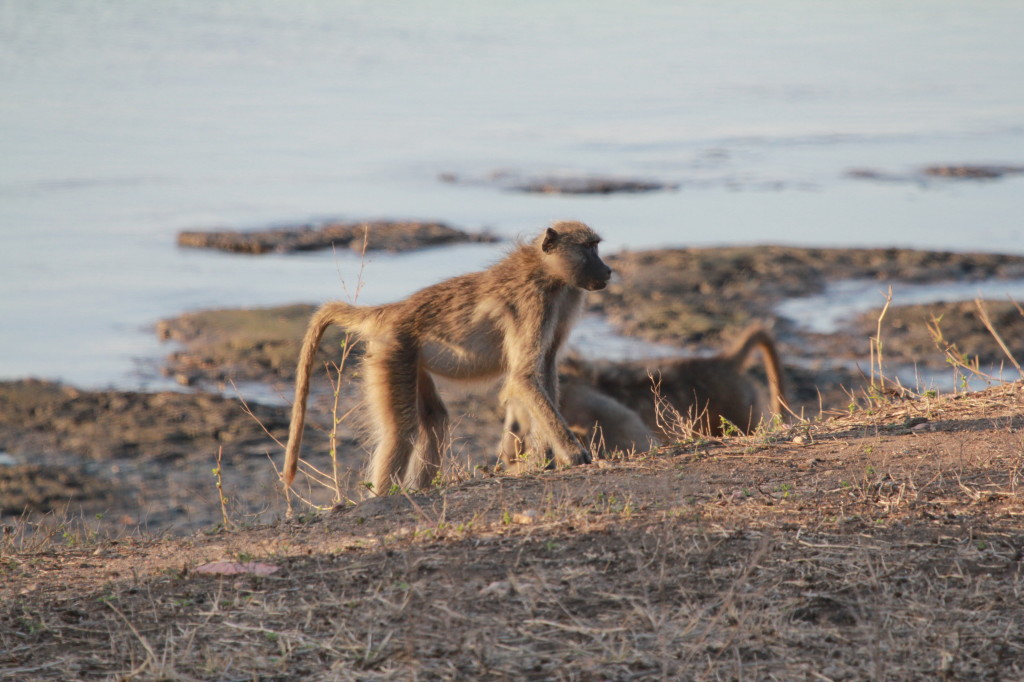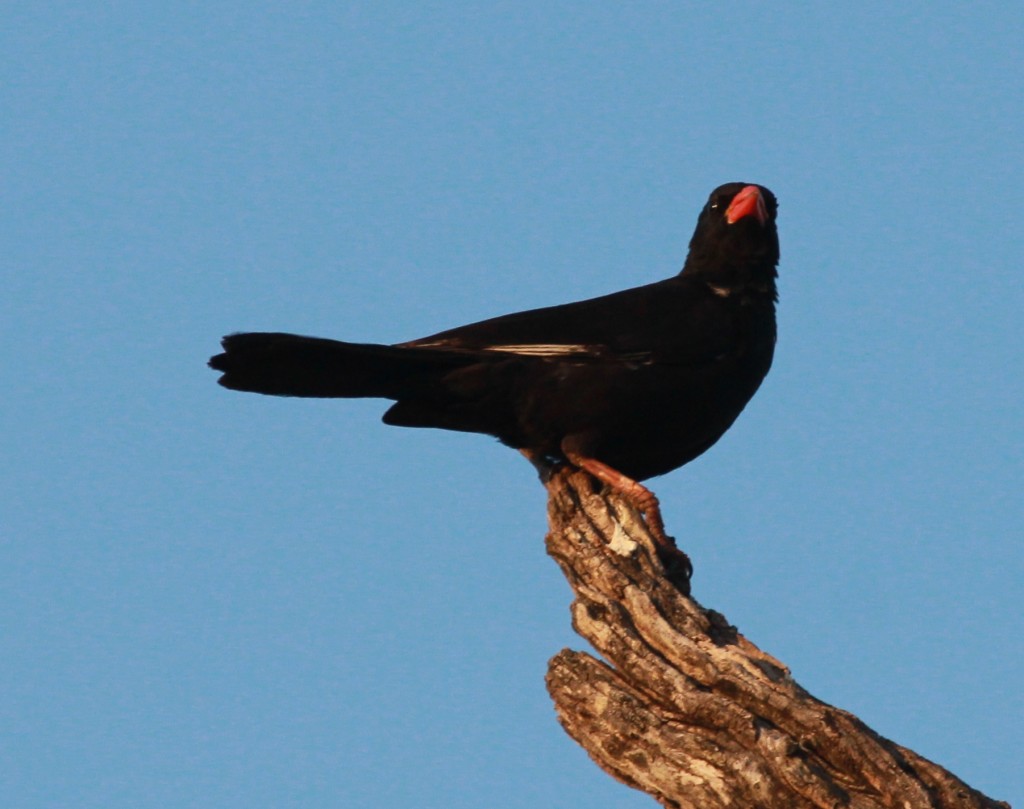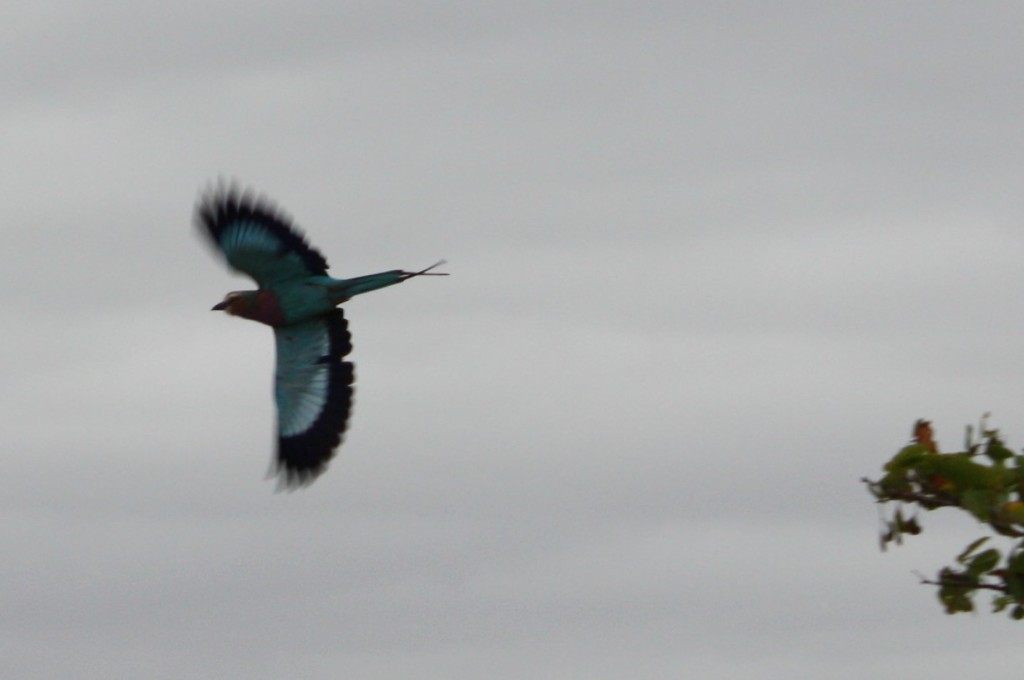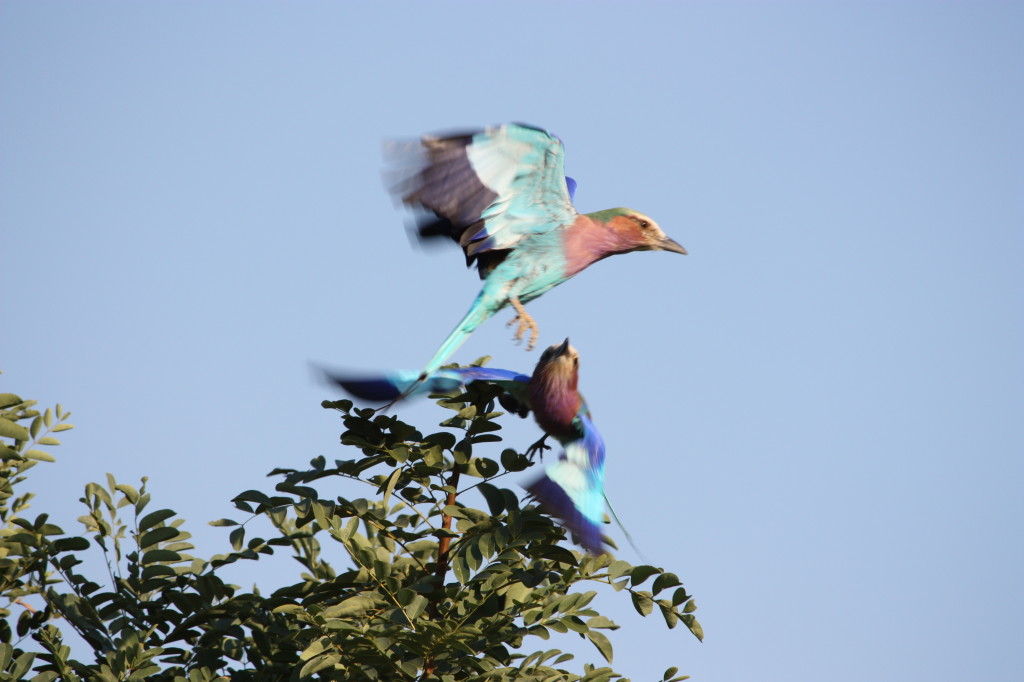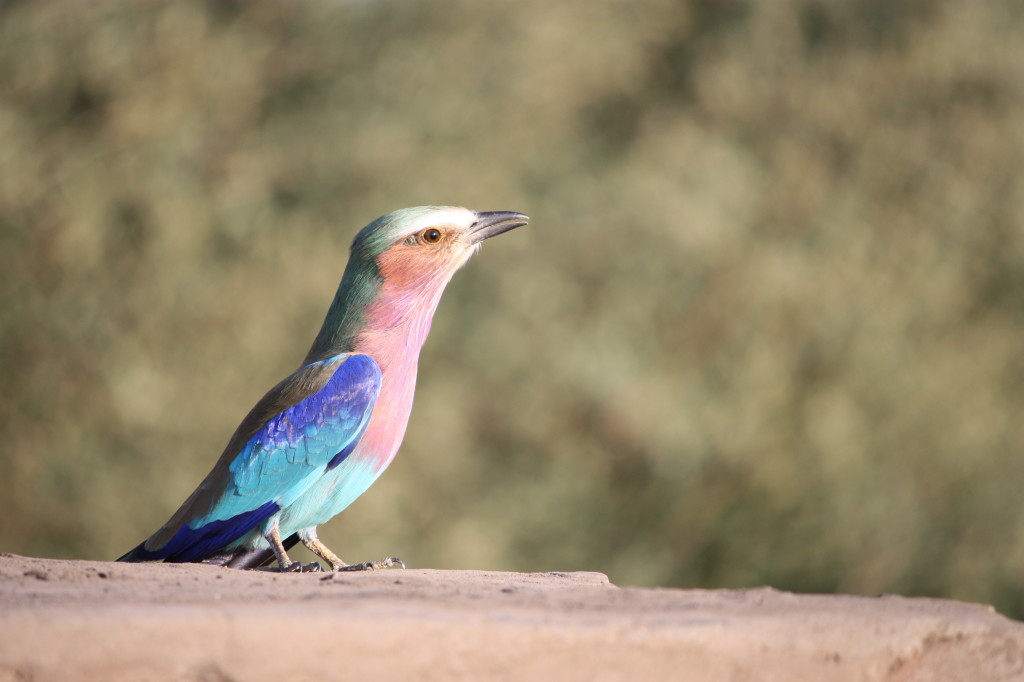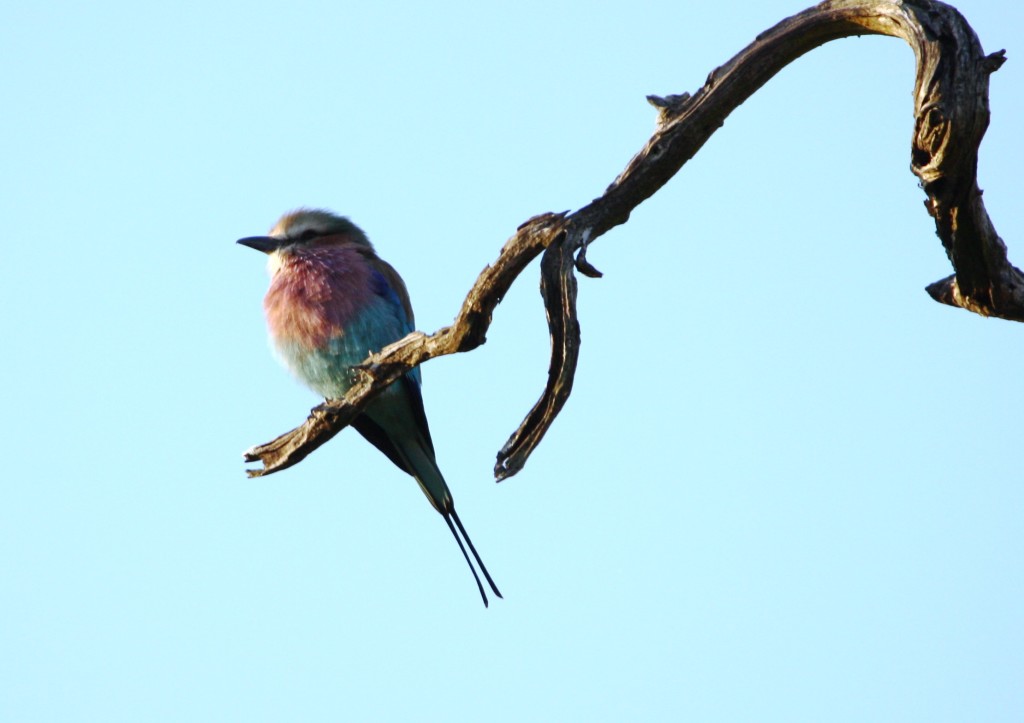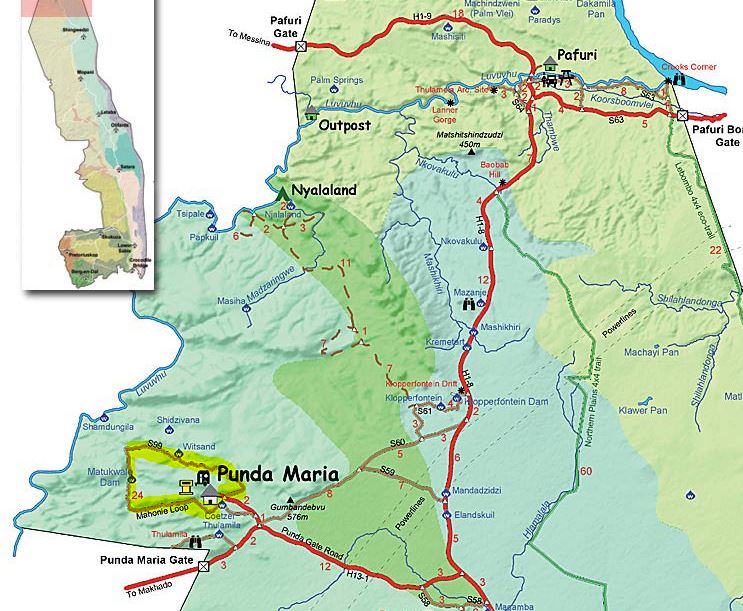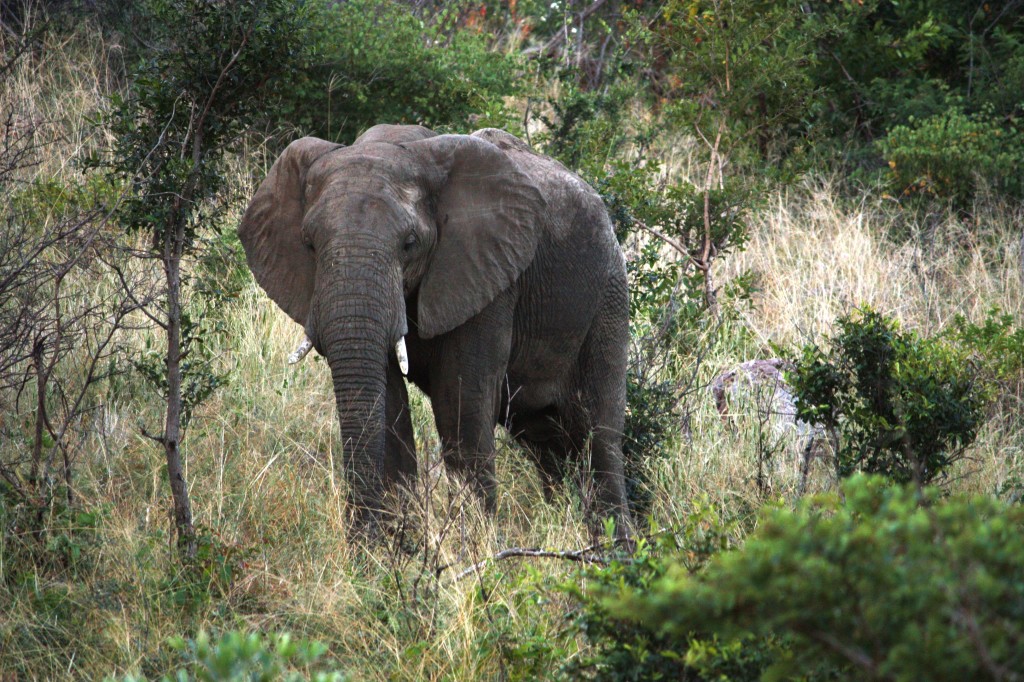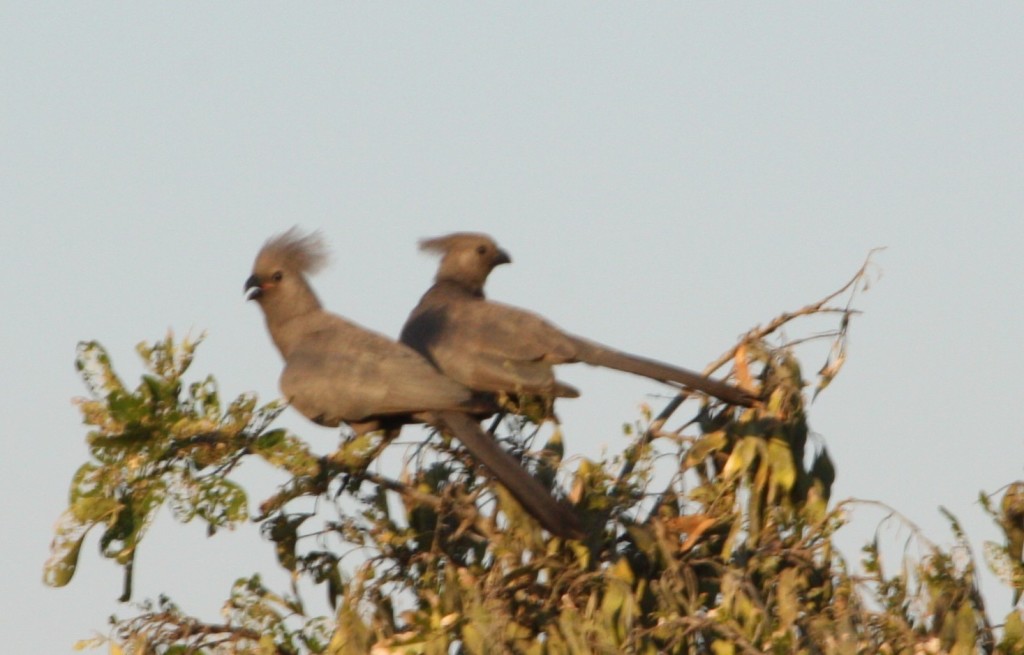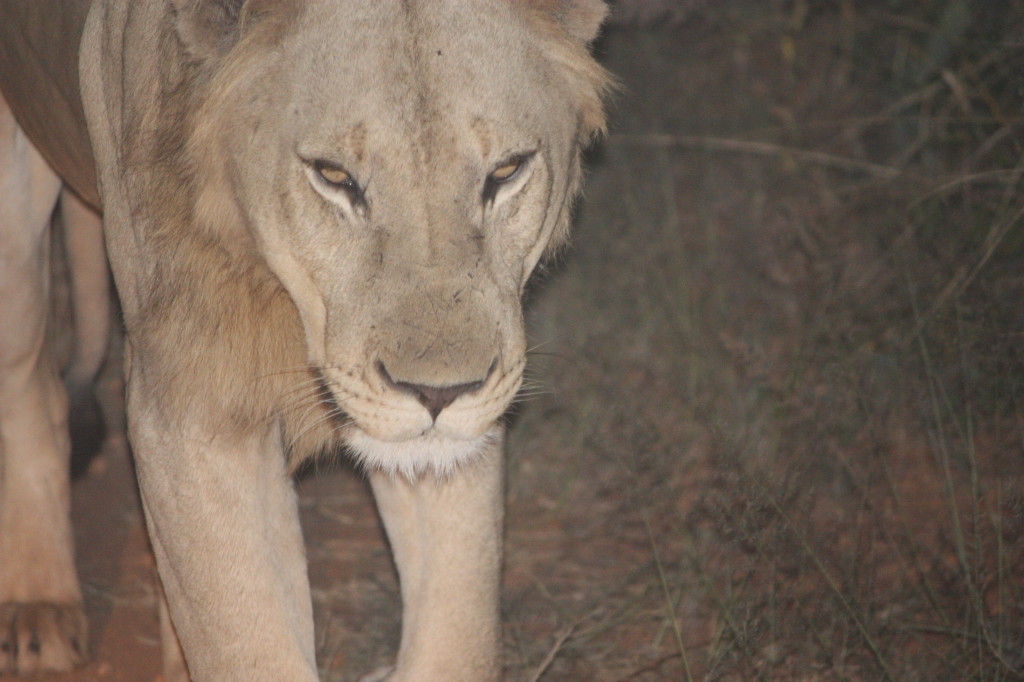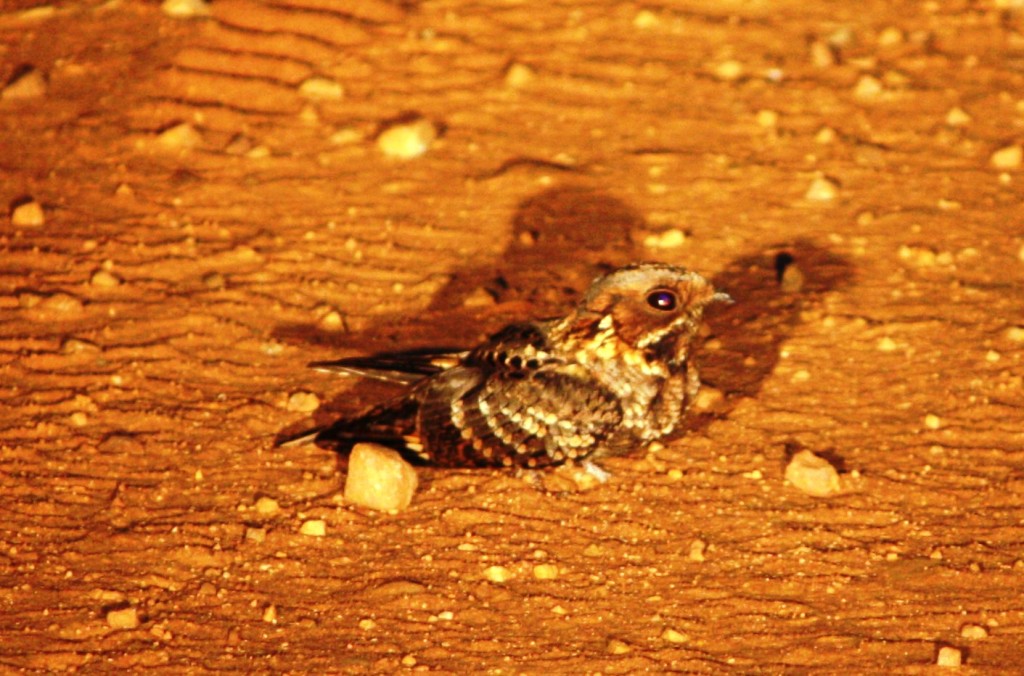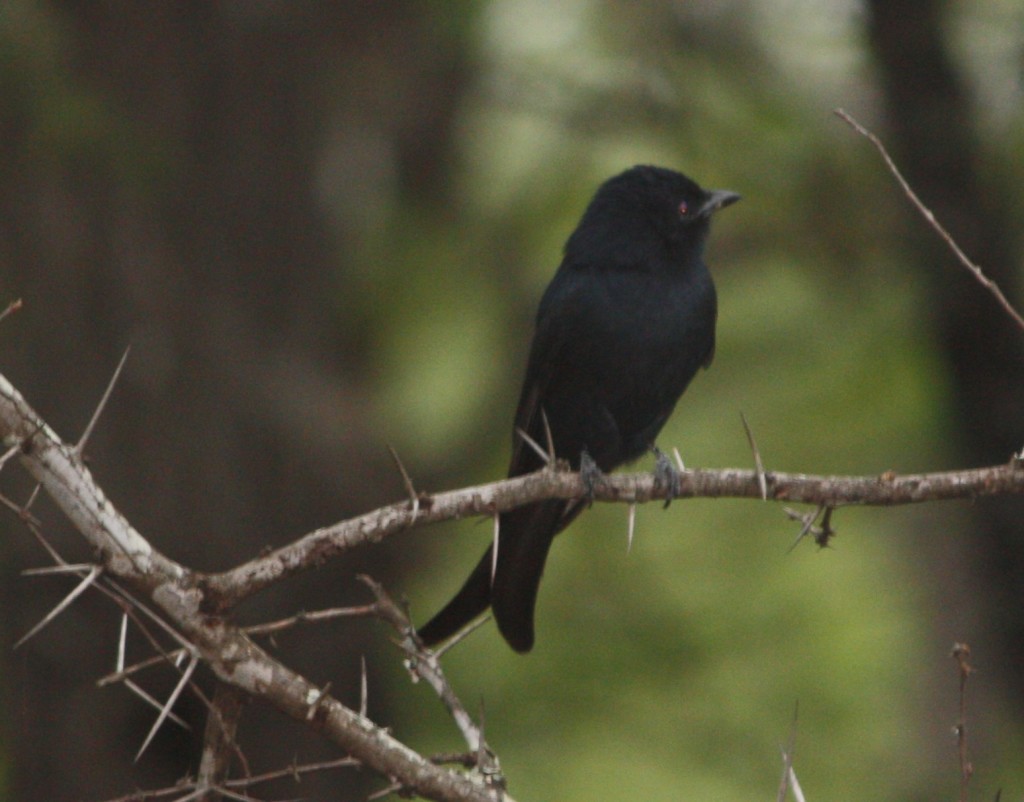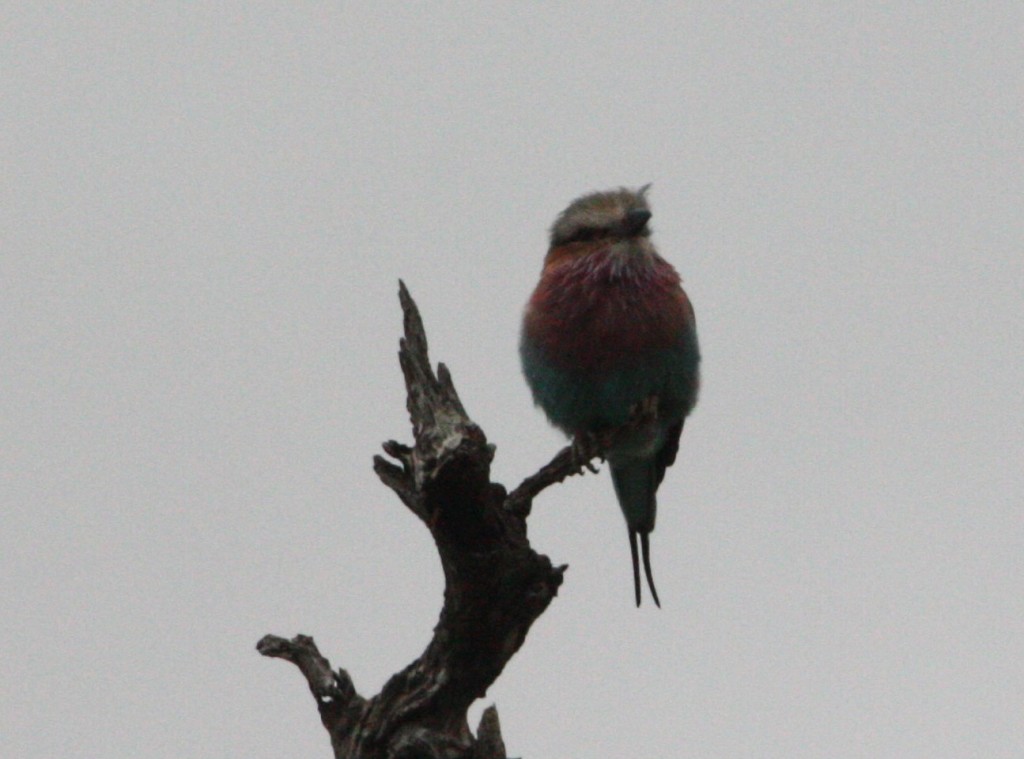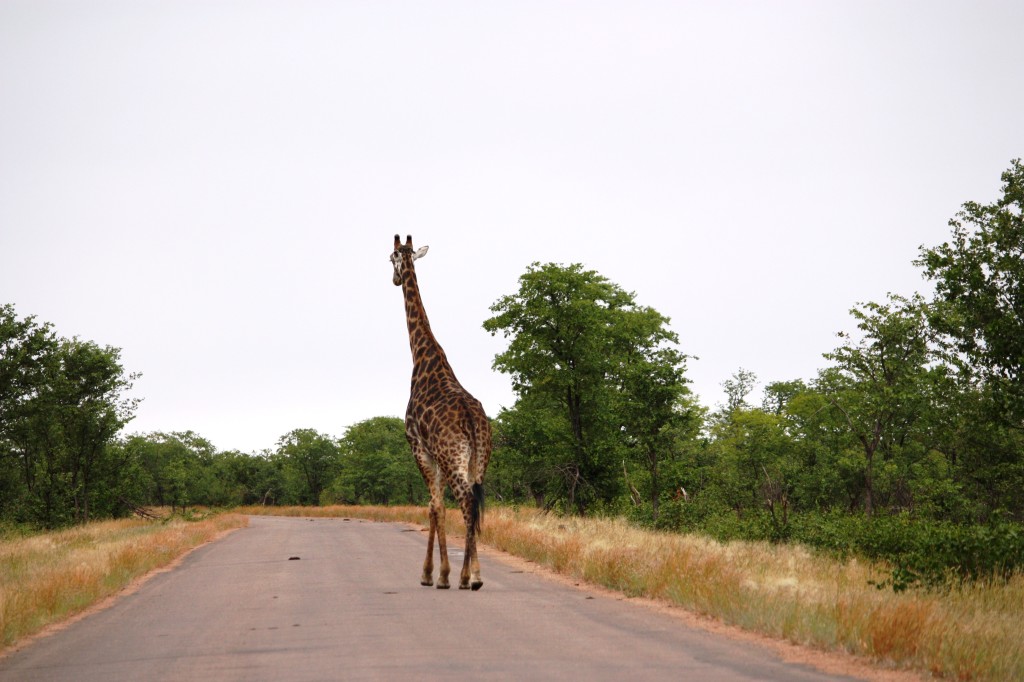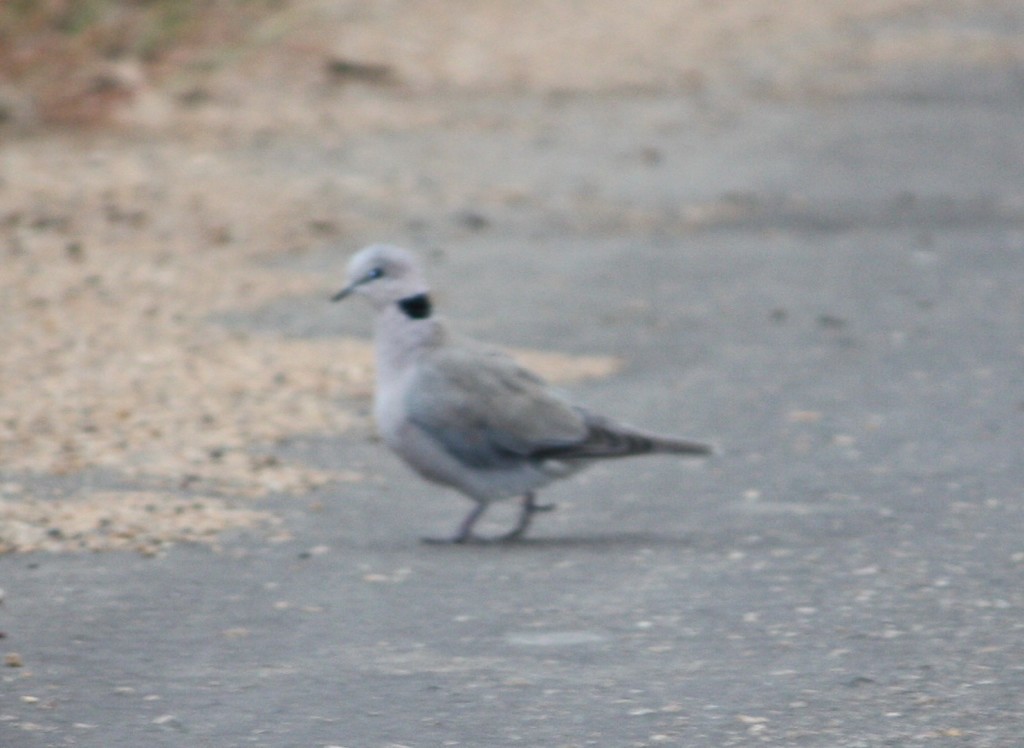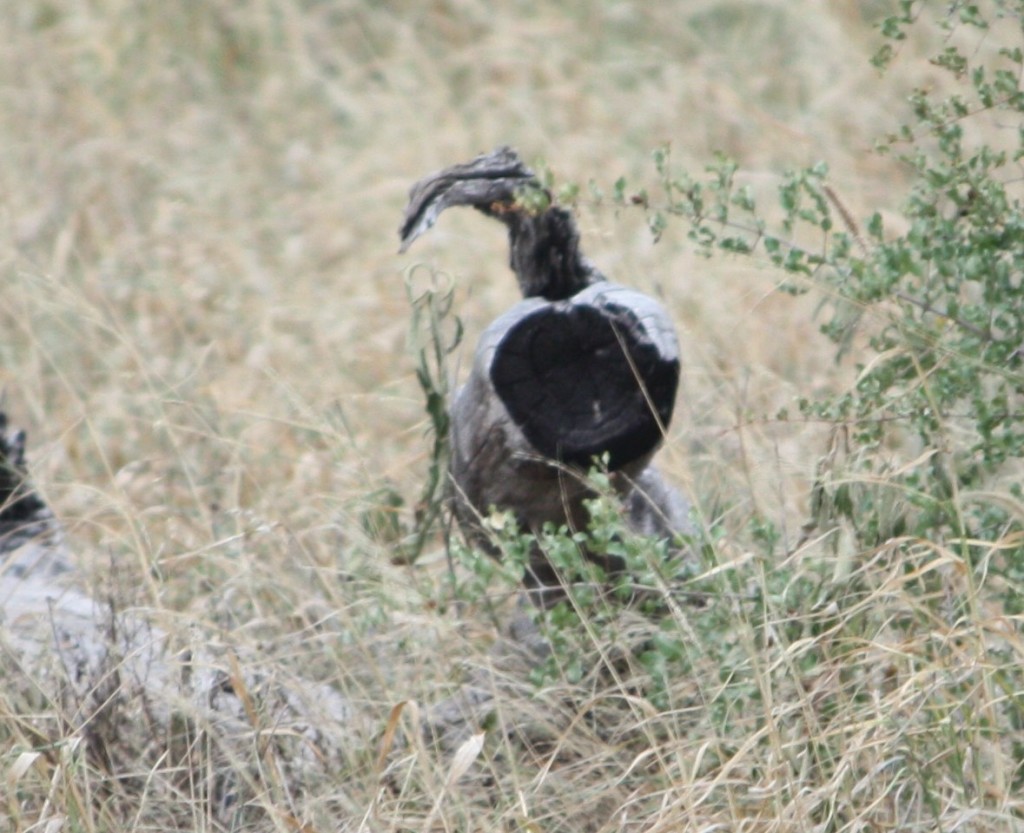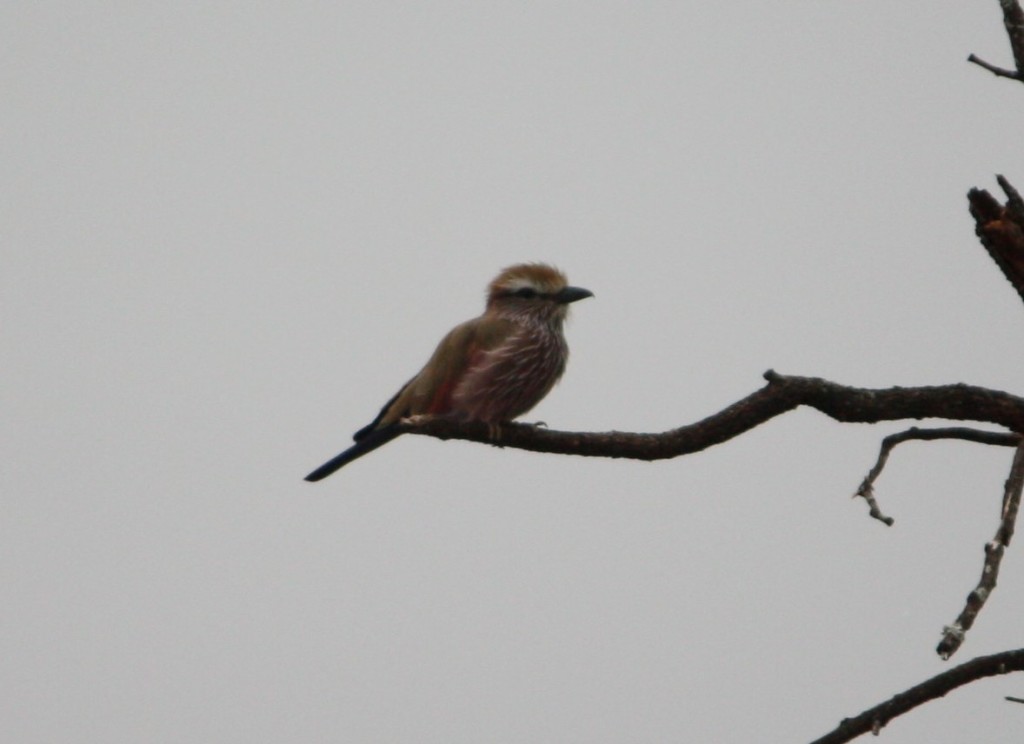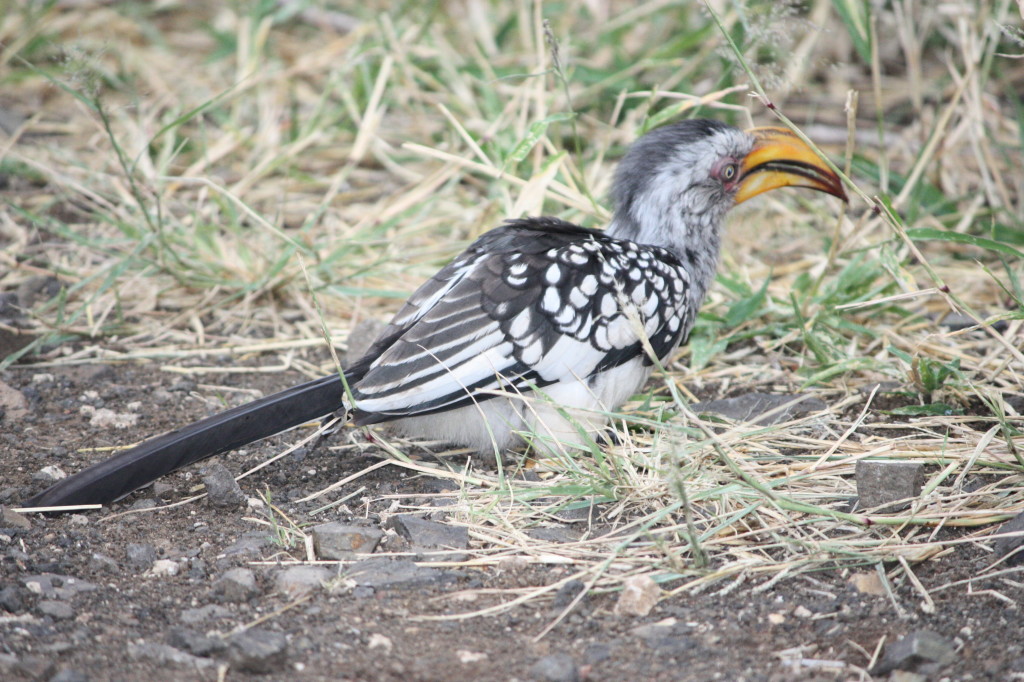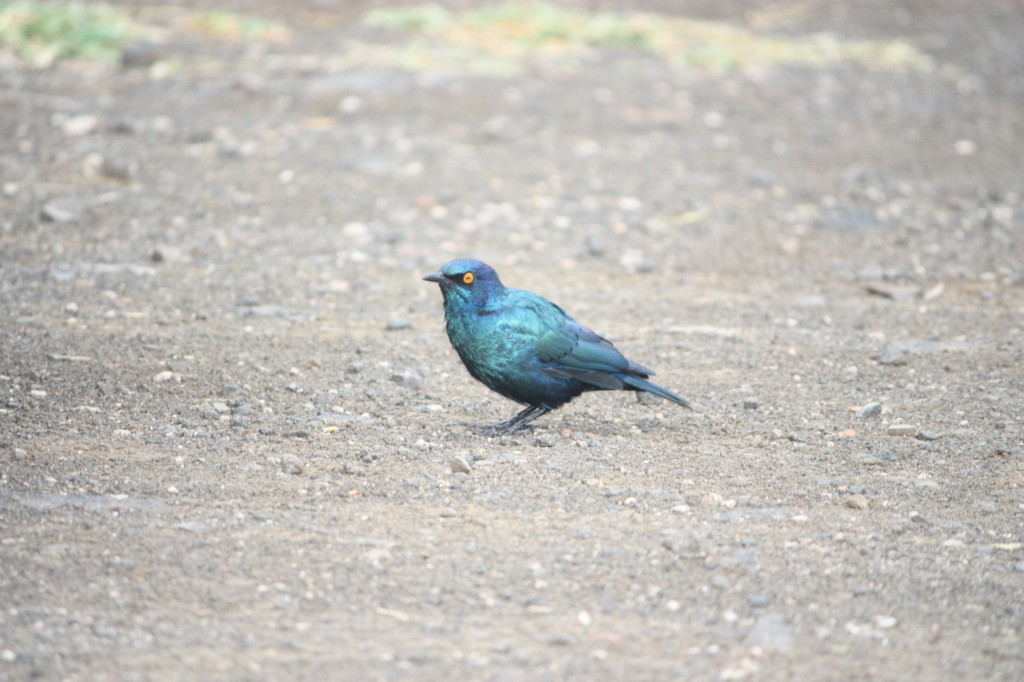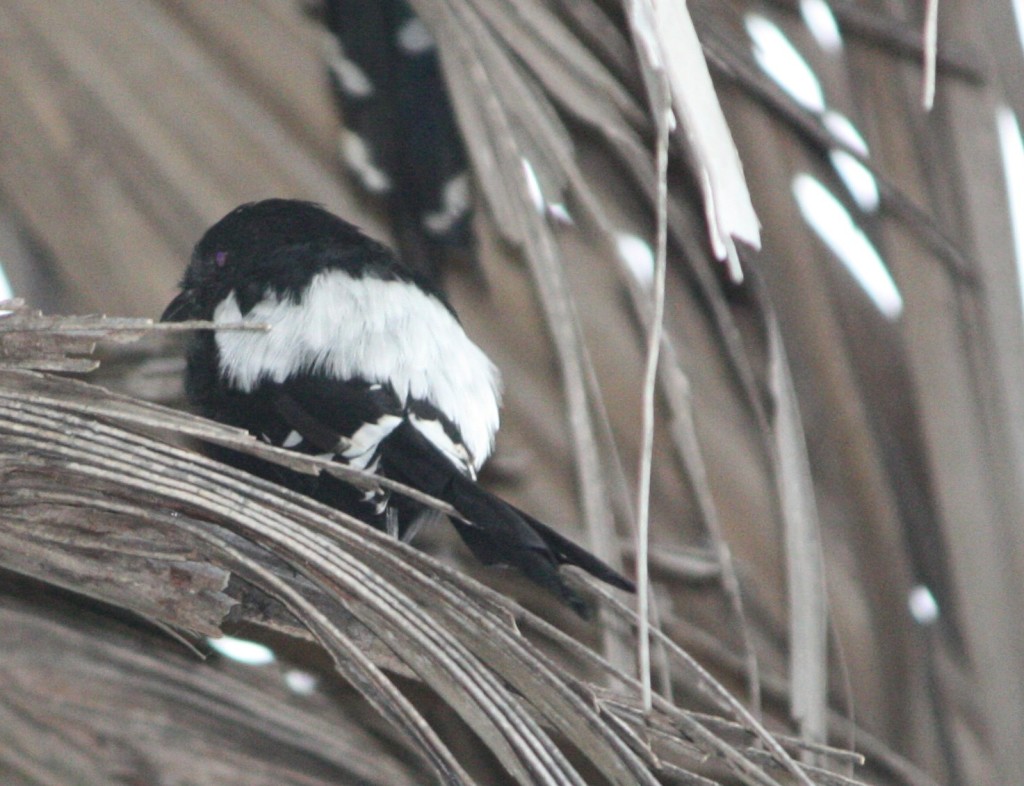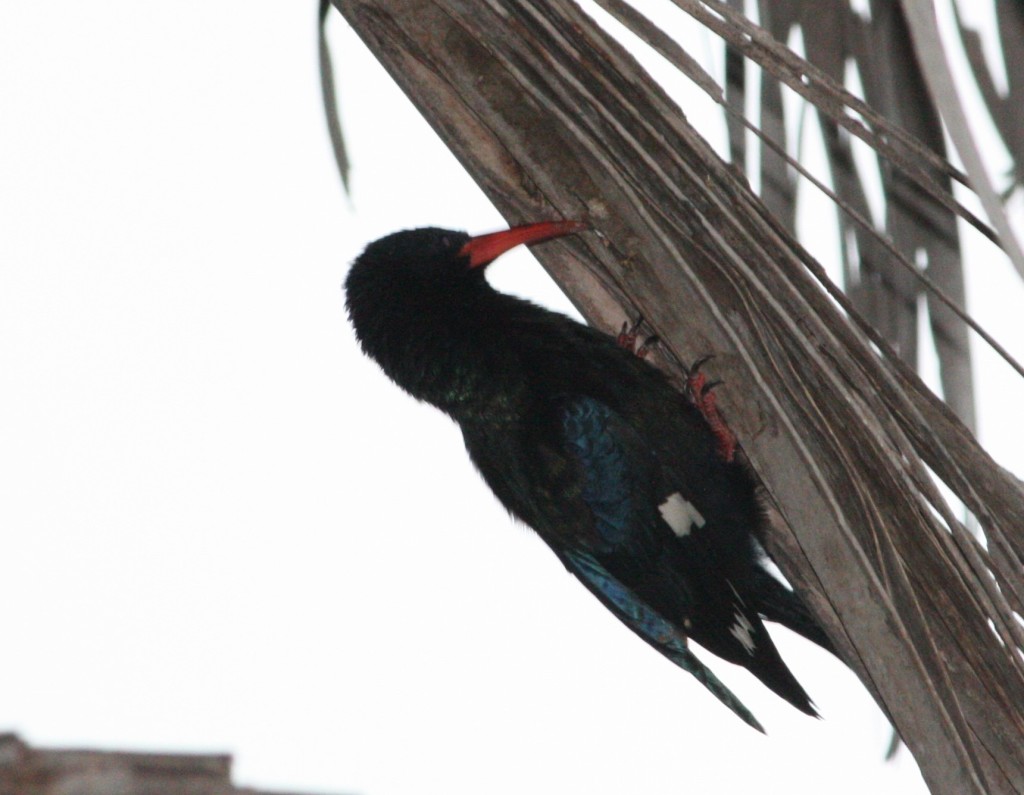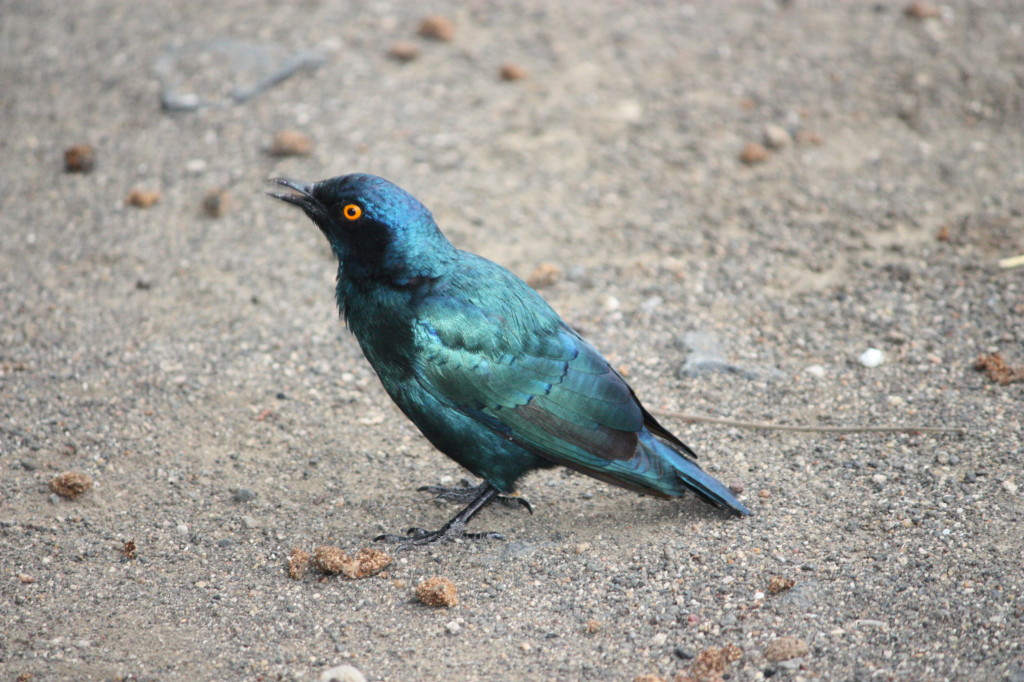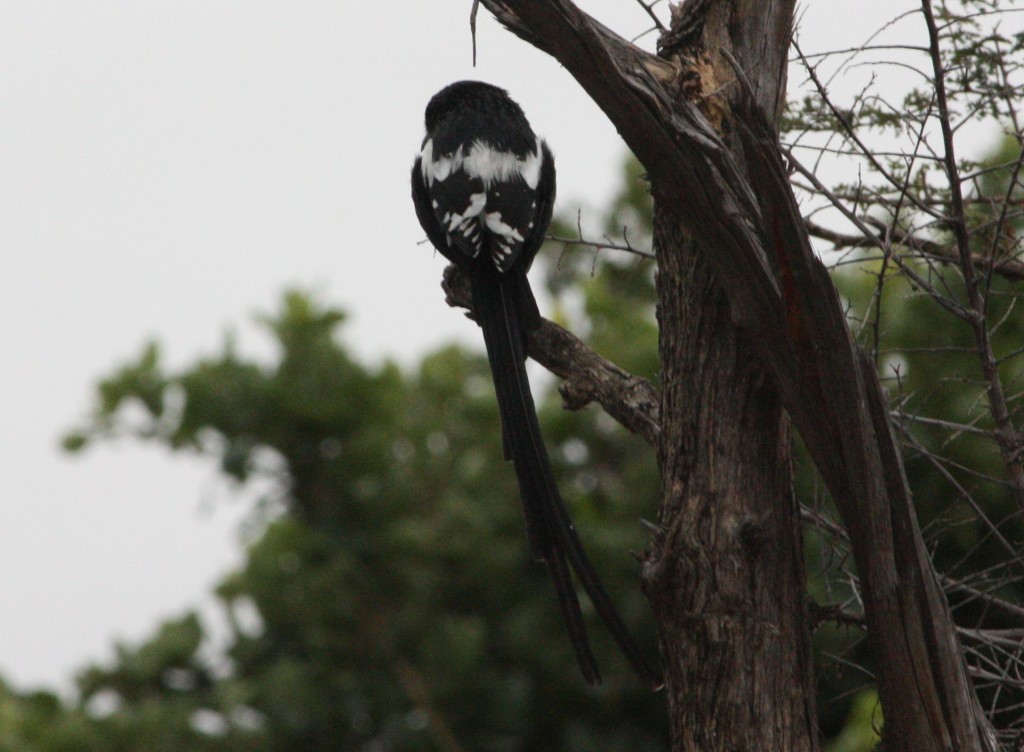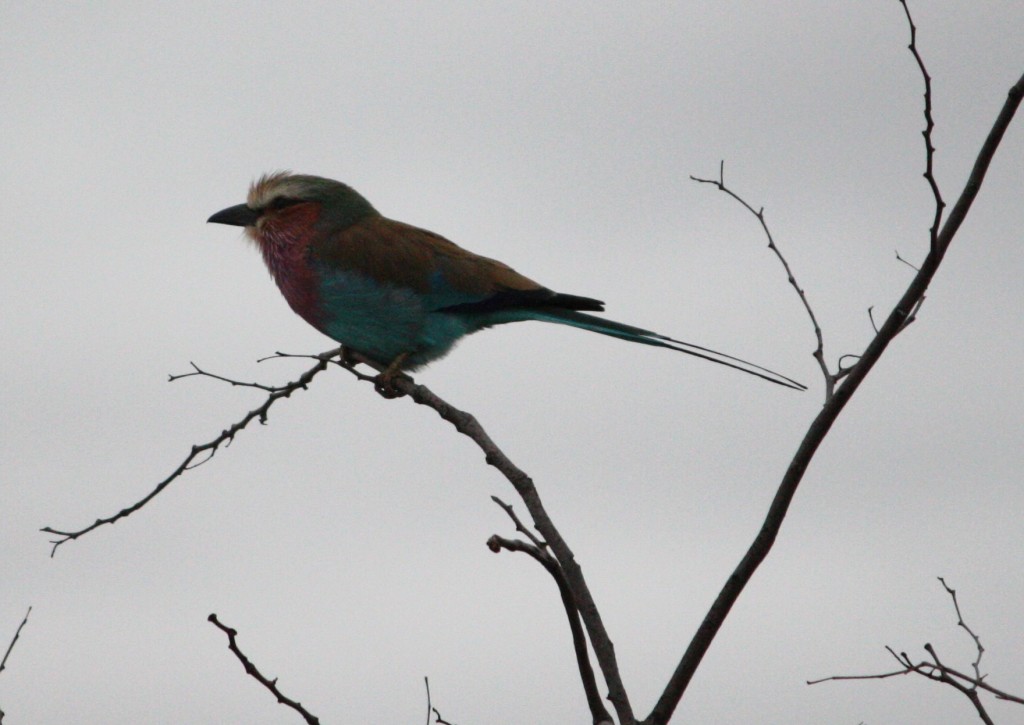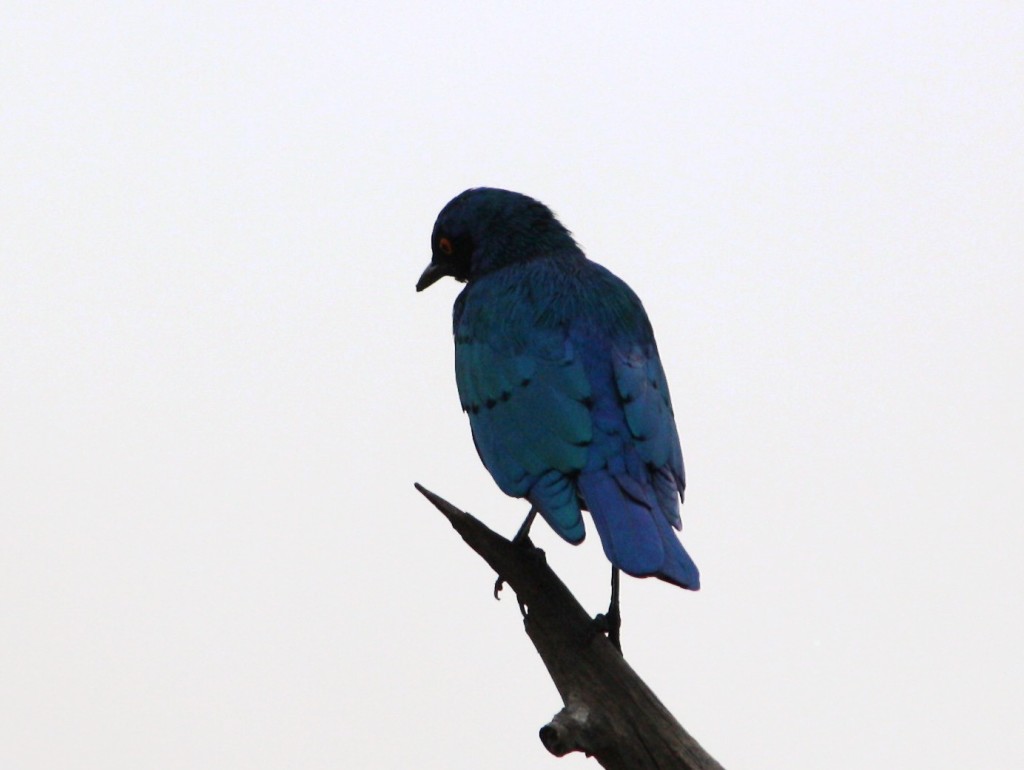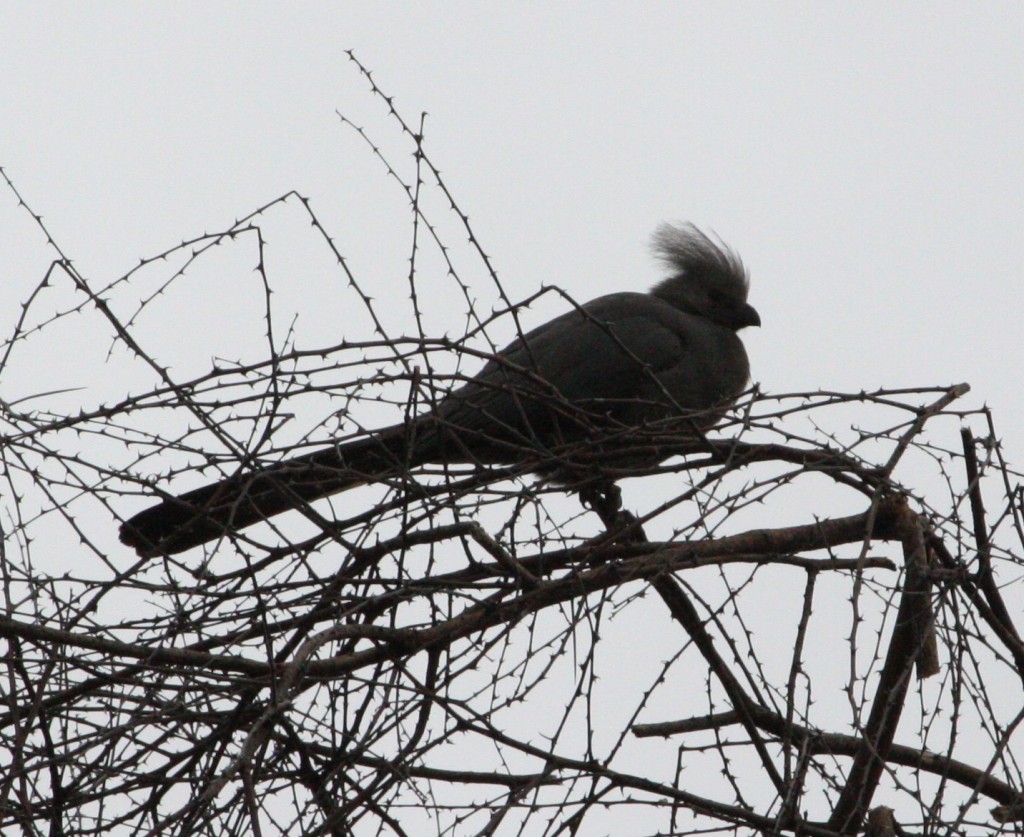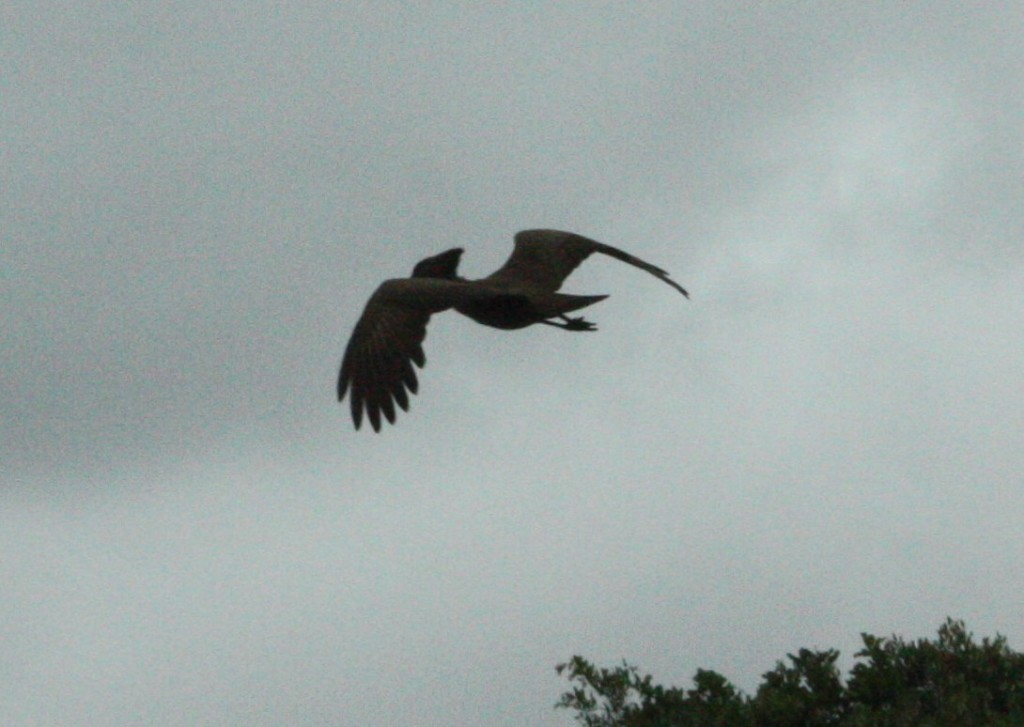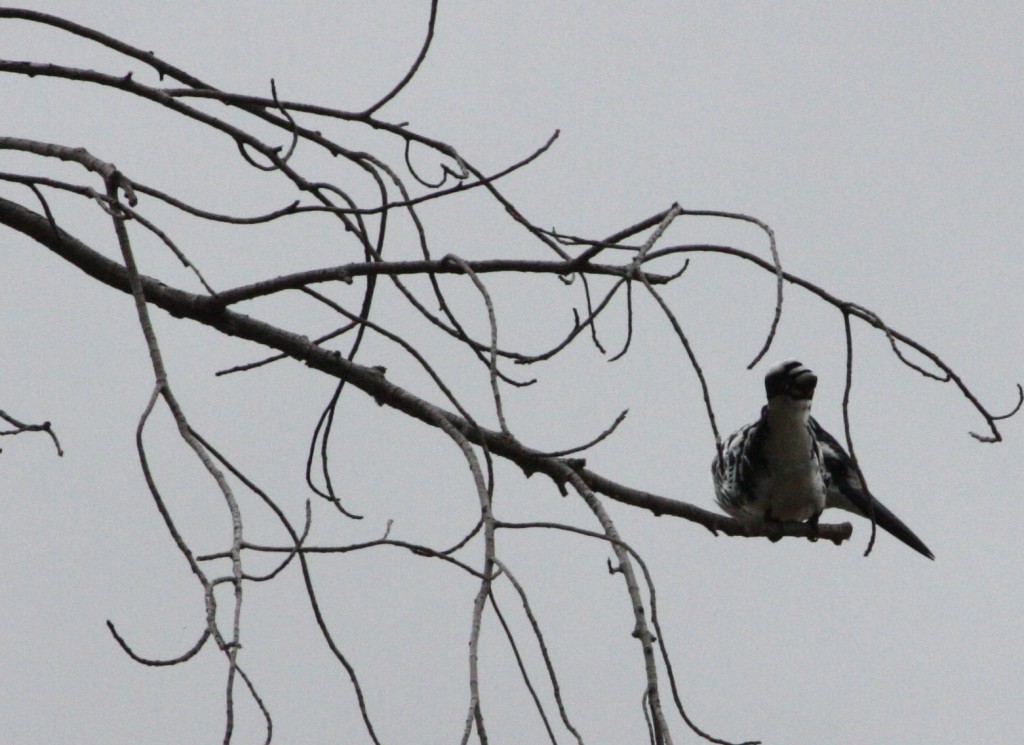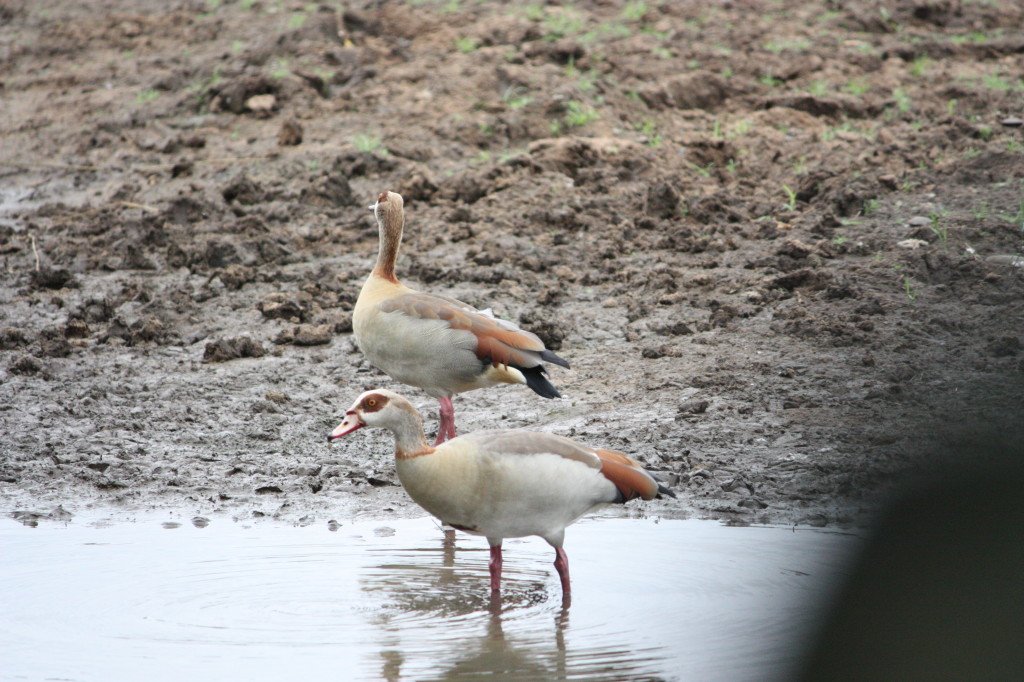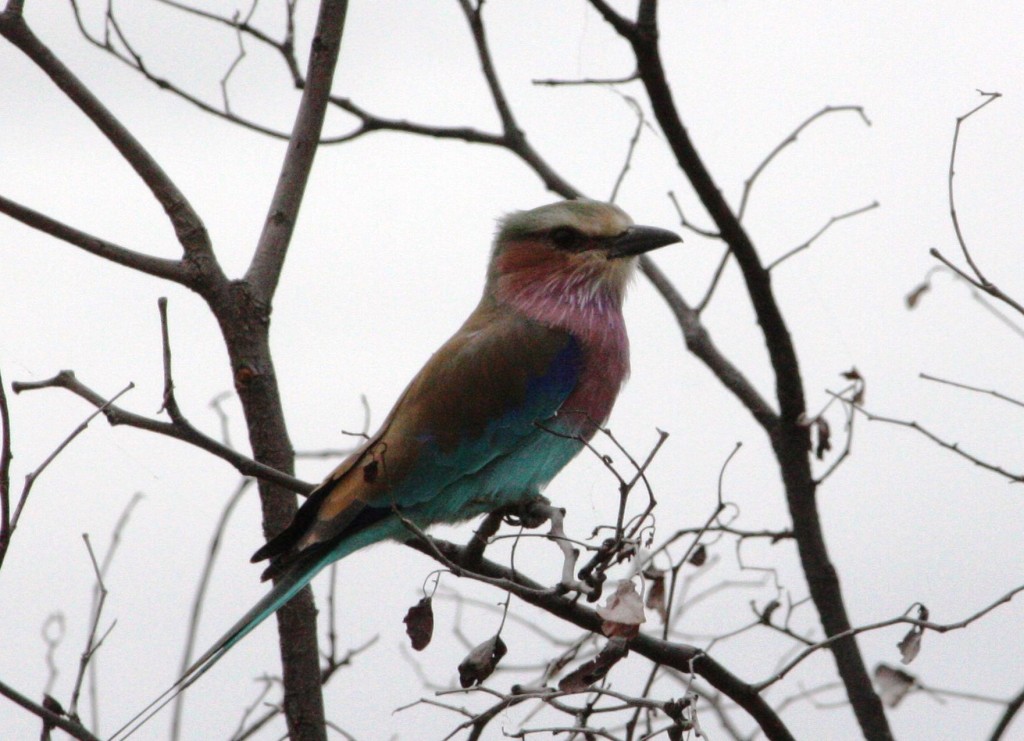If you are planning to visit Kruger right after Magoebaskloof I want to point out a better route. I usually rely on Google maps and they will recommend the route I outlined in red. However David Letsoalo said the road was in poor condition and slow going and it was much better to go via Gravelotte and Hoedspruit as shown below.

.
Kruger National Park is HUGE and there is so much to see there. It’s impossible to see it all in one trip and odds are that you will make several trips there over your lifetime. On previous trips going back to the 90’s I have been to Lower Sabie, Olifants, Pretoriuskop and Skukuza. In 2009, my husband and I went to Punda Maria in the north since it was recommended for birding. What I really love about Kruger is that is is soooo easy to DIY your own safari in your own car! The roads are very well maintained and although it can get crowded in peak season, if you go in the off season you won’t have to deal with crowds. You don’t need a 4WD, a sedan car will do just fine. Look here for how to find the best deal on a rental car.
Since this trip was just a whistle-stop tour as part of a major trip all over Africa, we only had 2 days to spare so I had to choose wisely. Here’s how to make the most of your time in Kruger, no matter how little it is!
1. Use the SANPARKS website to study the park. Make sure the driving time is realistic if you will be leaving the park and going straight to the airport. I decided Orpen Gate was a good entry point from Magoebaskloof and leaving via Malalane Gate would give us a nice safari on the way out of the park and back to JNB.
2. If you know what species you are targeting, see if any camps are known for that species. You will probably have to look at each camp individually so make the time to do your homework! I was targeting Brown-headed Parrots (Poicephalus cryptoxanthus) in particular, then just birding in general and of course any mammals in the area. Voila, there they are, right in the top 5 for Pretoriuskop!

We had 2 days and Pretoriuskop was too far to drive considering a half day of birding in Magoebaskloof first so we needed one night a bit closer. After spending some time on Google and reading birding trip reports I saw that several people reported seeing the parrots in Satara Restcamp which was an easy drive from Orpen Gate. Satara is also known for lion and even the most devoted birder likes to see lions in Kruger!
3. Book everything in advance on SANPARKS website. You can even pay the conservation fees in advance so you can just breeze right through the gate. Bring your printout to show the rangers.
4. Never pass by a public restroom! You will find them at all restcamps, entry gates and picnic areas but they can be 2 hours away in some areas and you are not allowed to leave your car outside of picnic areas.
5. Fill up your car before entering the park, also stock up on supermarket goods such as snacks and drinks. You can either self cater in the camp kitchens or braais (BBQ) or eat in restaurants which turned out to be pretty reasonably priced. I will review camp facilities later.
6. Do at least one night safari with the camp rangers! We did one at Satara and it was awesome! What I liked about Satara’s safari is that it left at 8pm whereas some camps only have sunset drives which leave around 6pm.
 Here’s a teaser shot of what’s to come on my night safari post!
Here’s a teaser shot of what’s to come on my night safari post!



